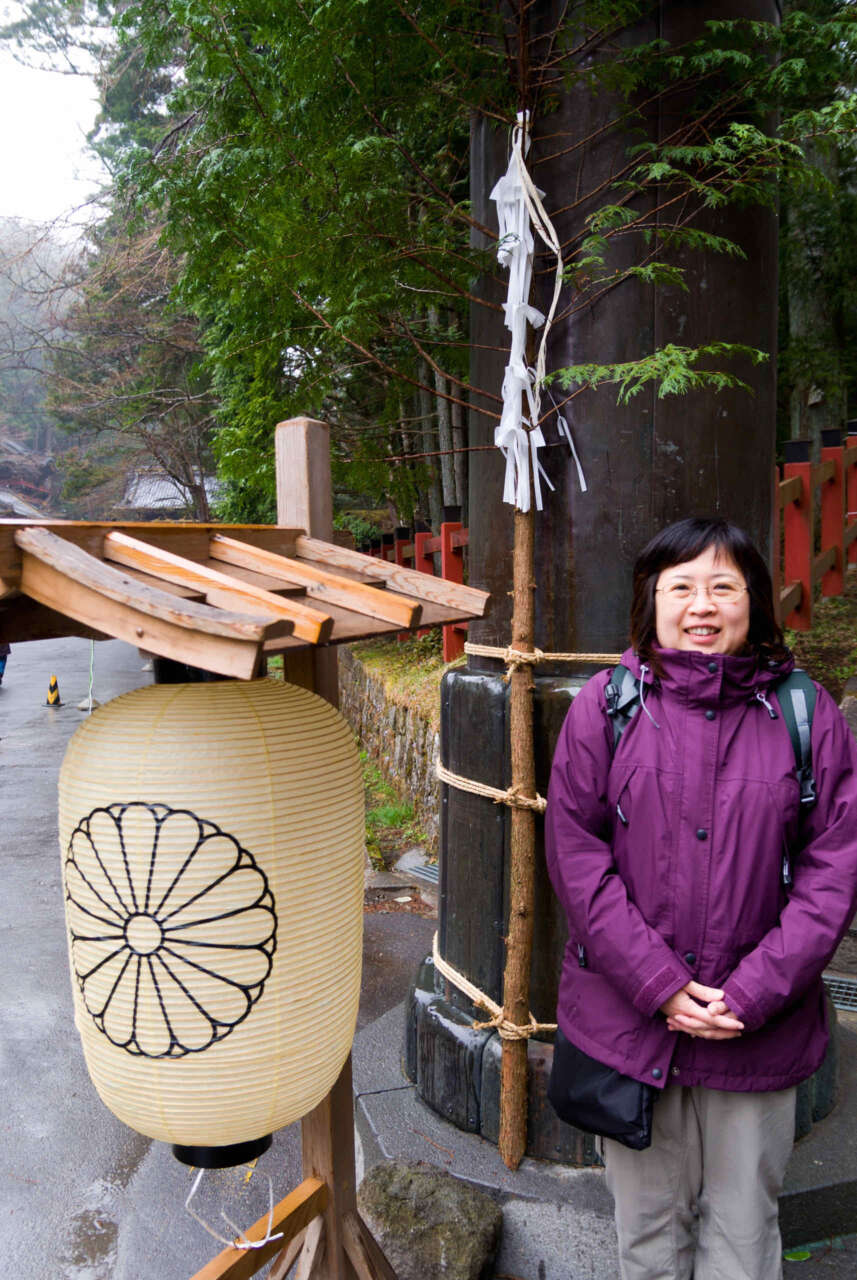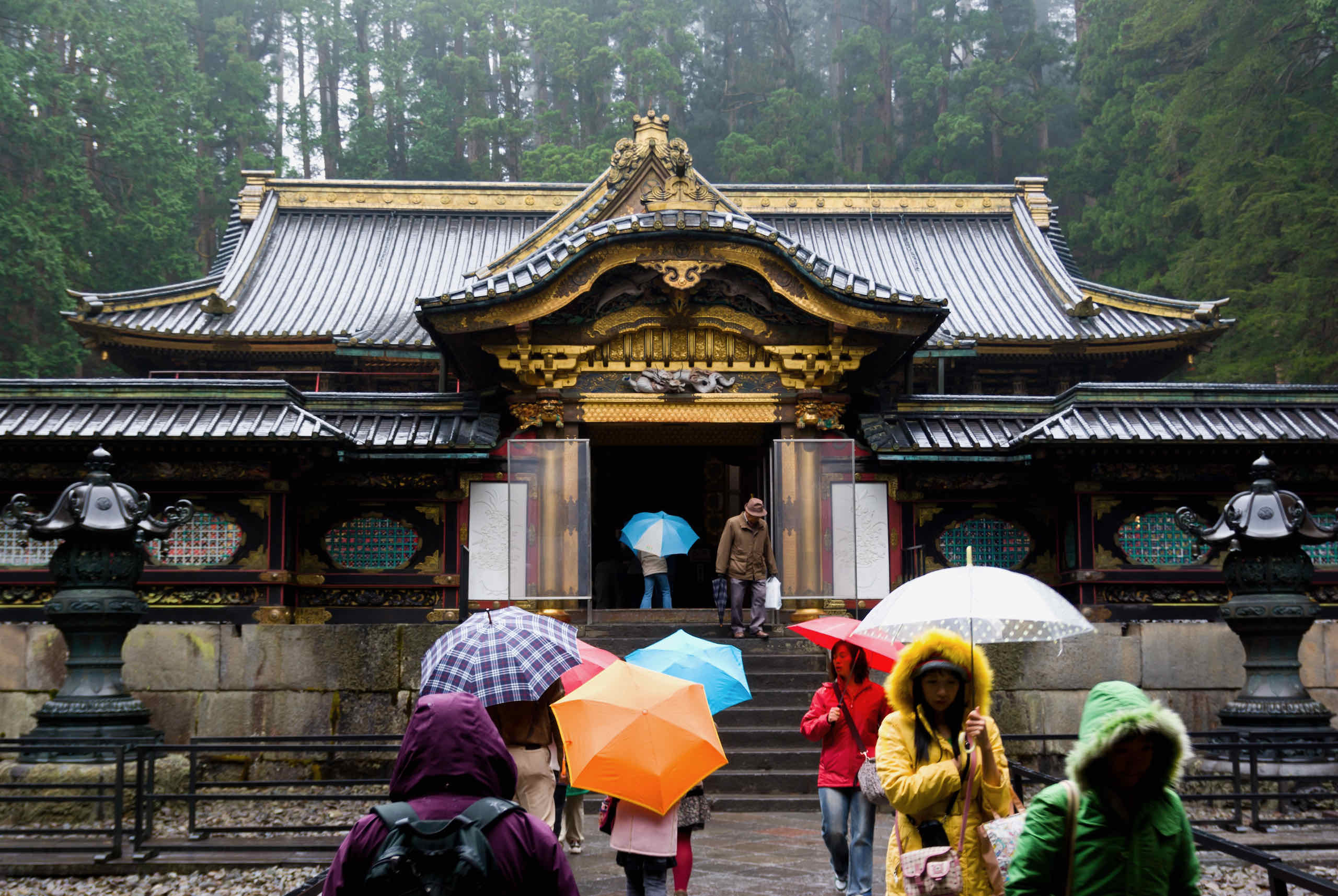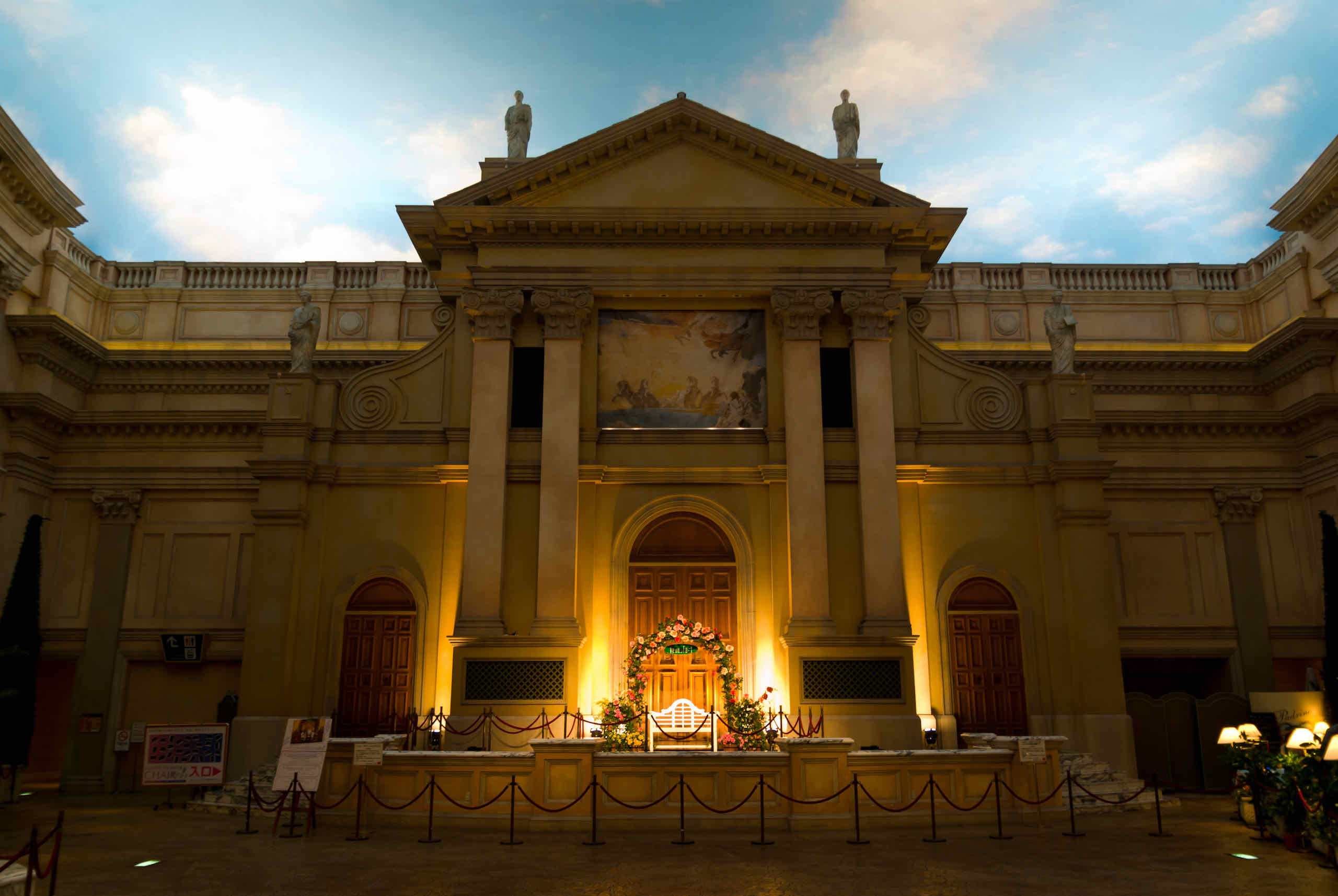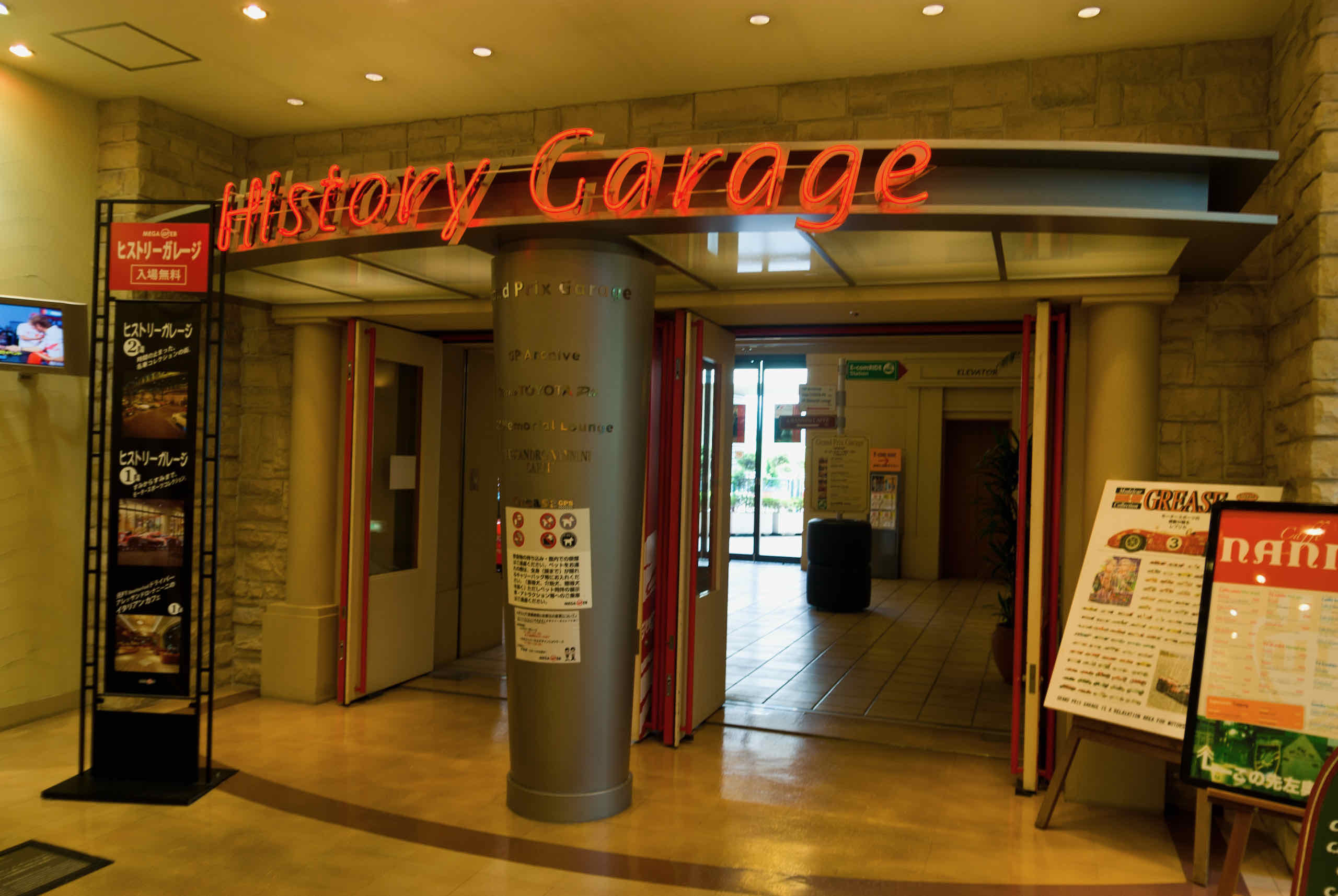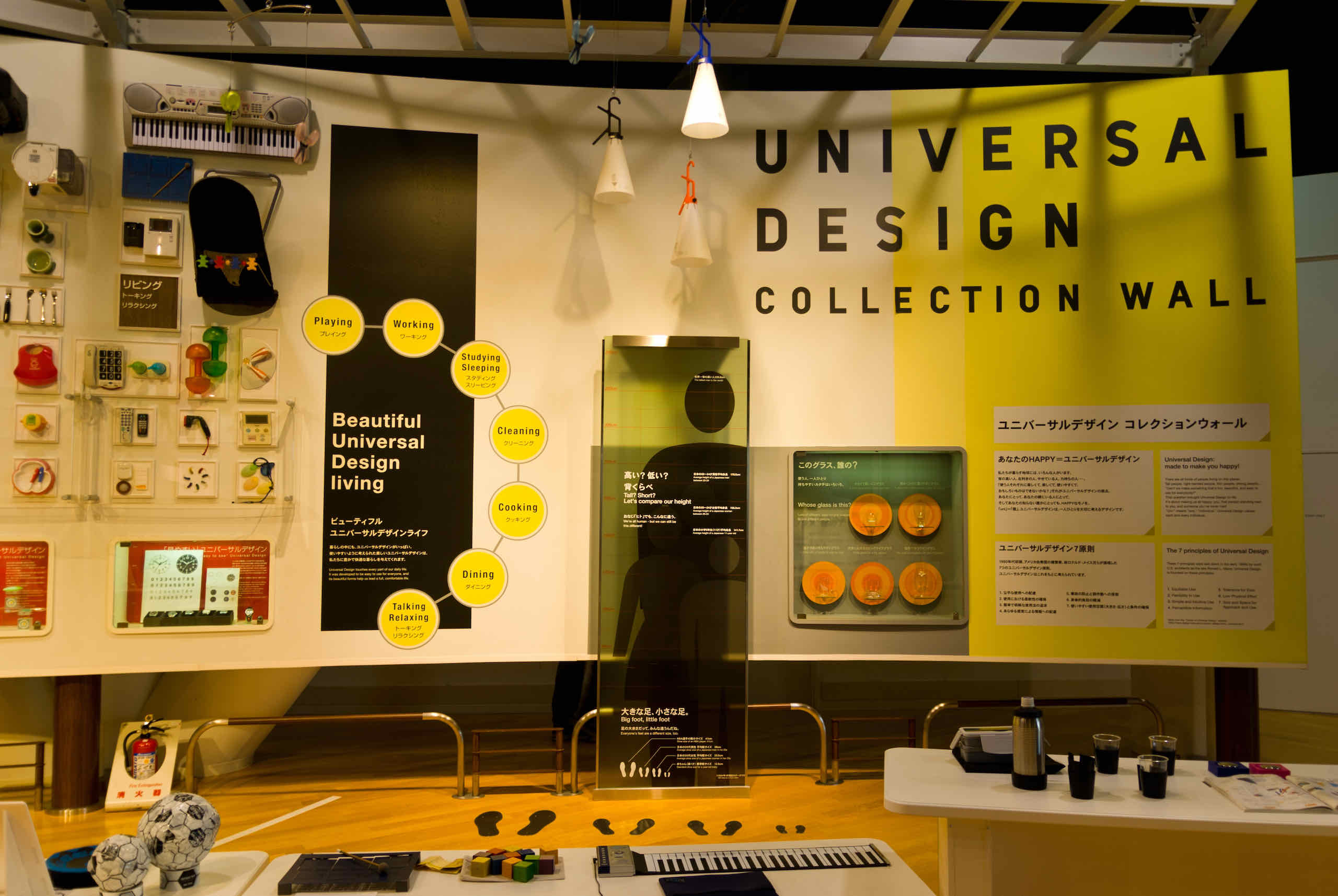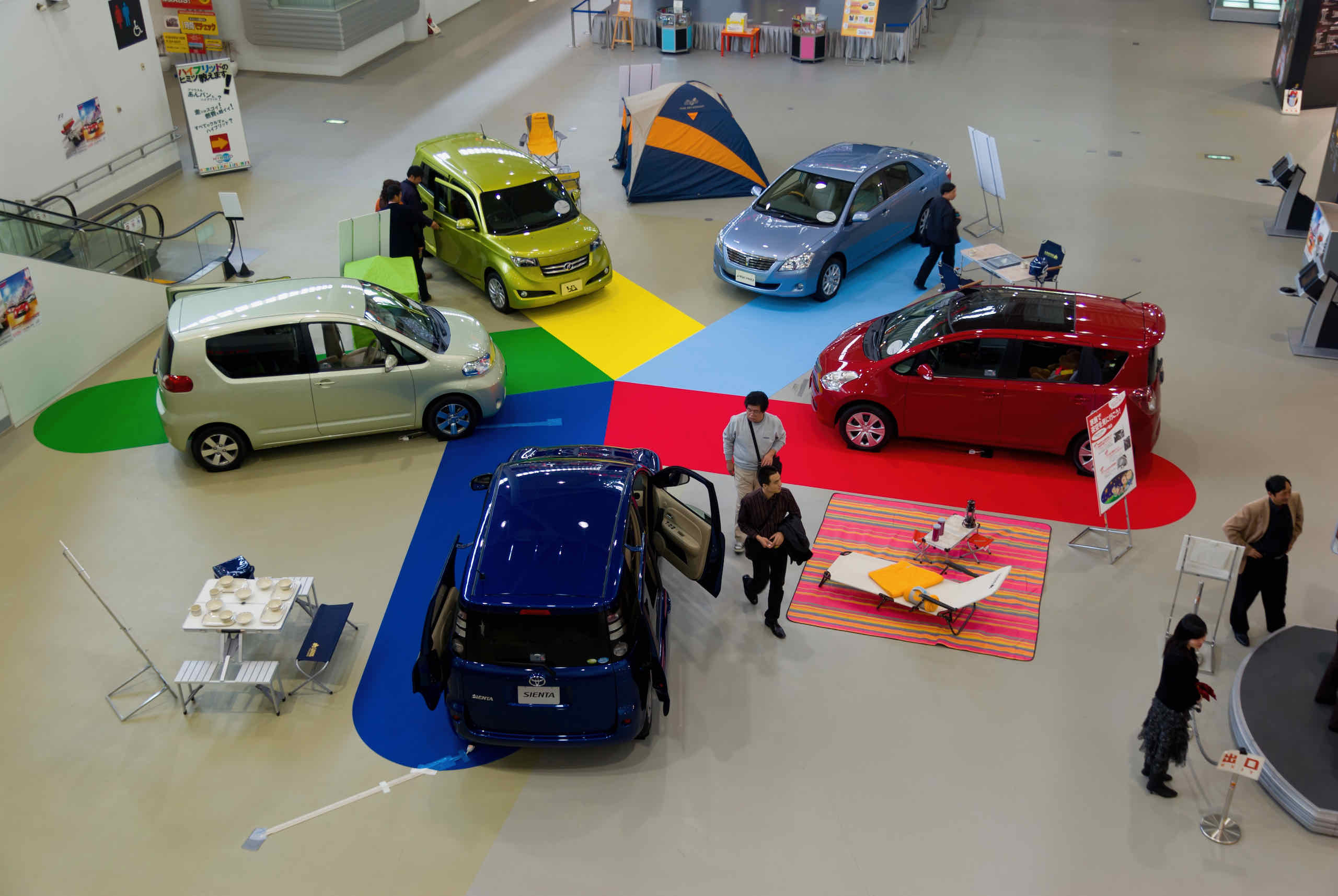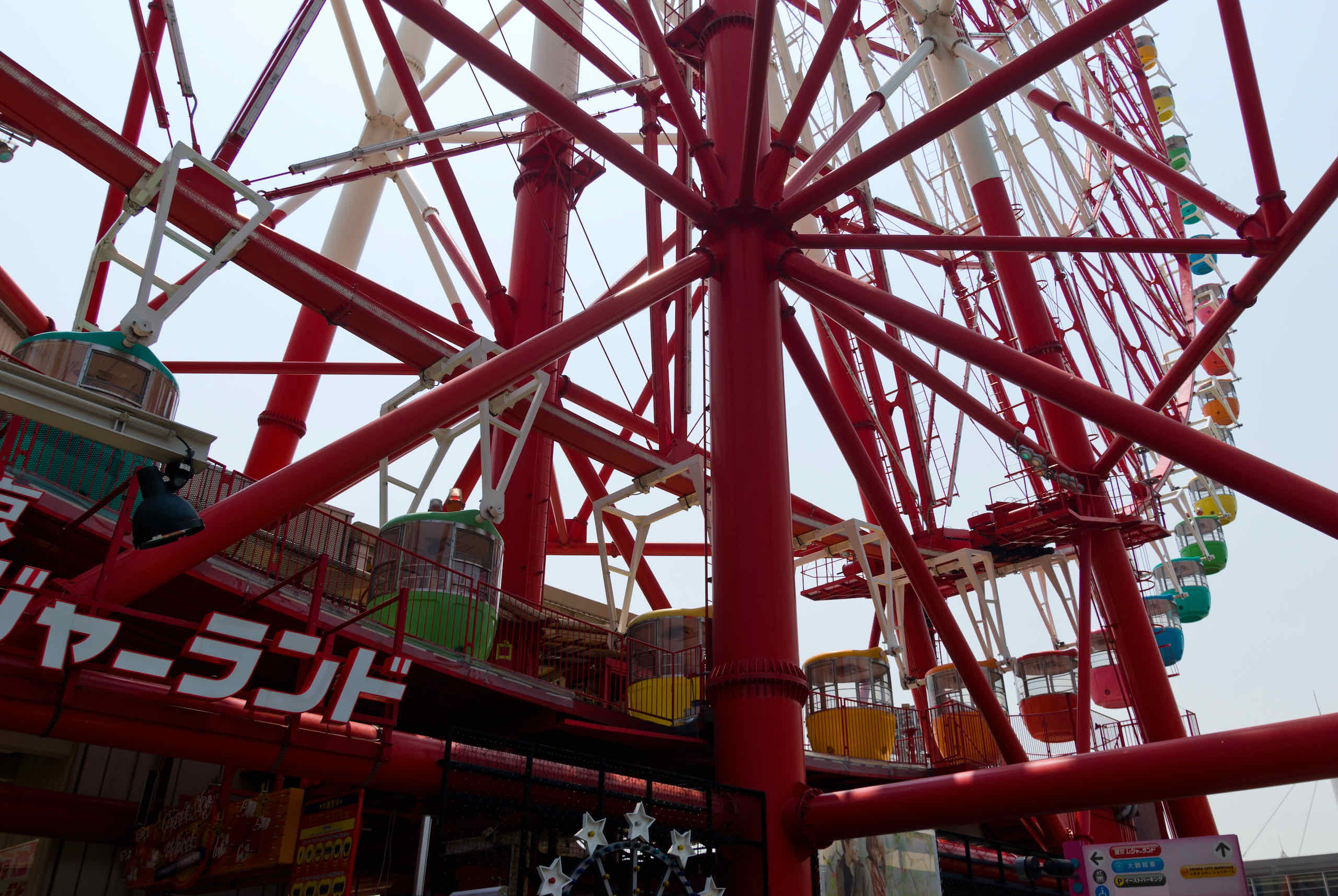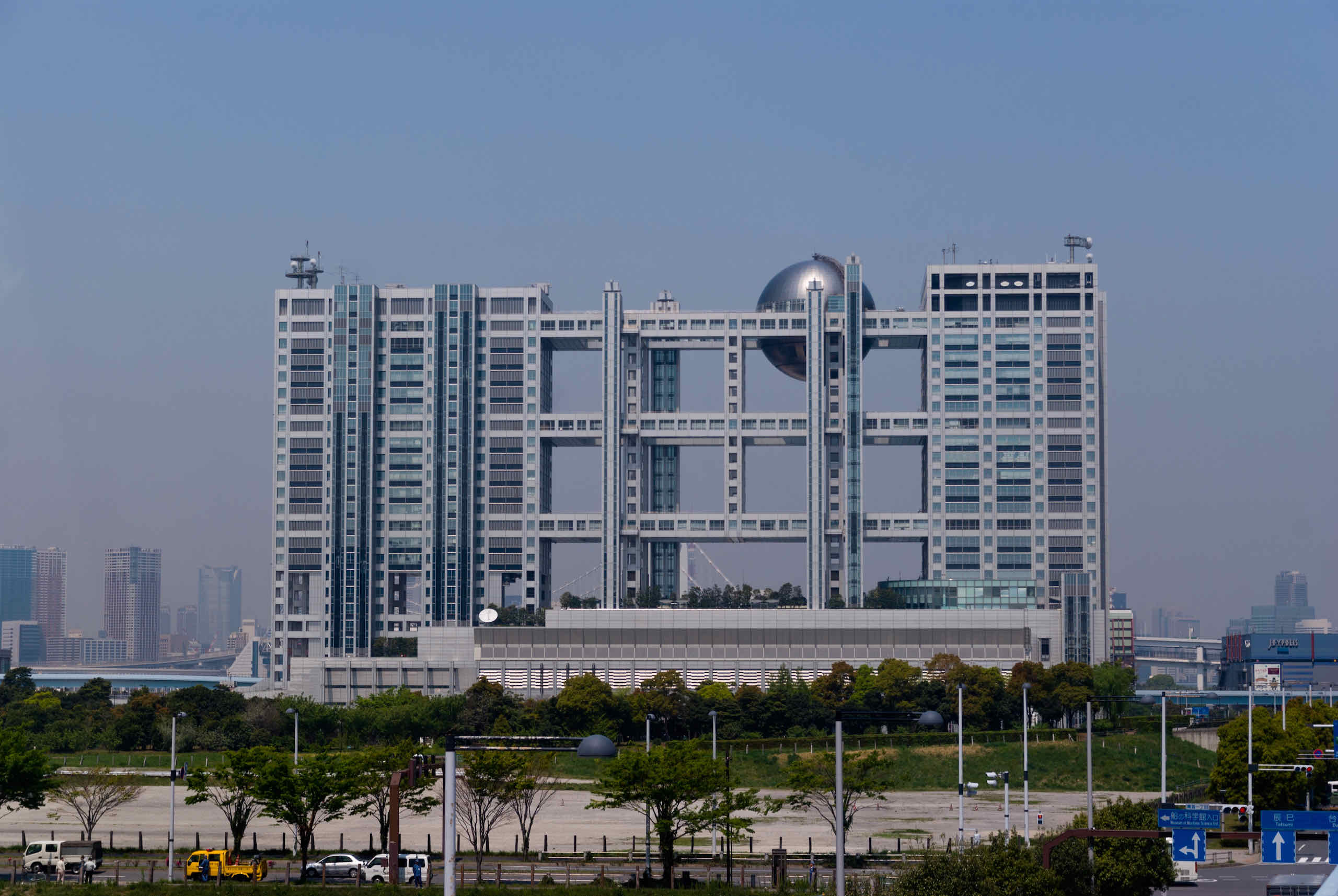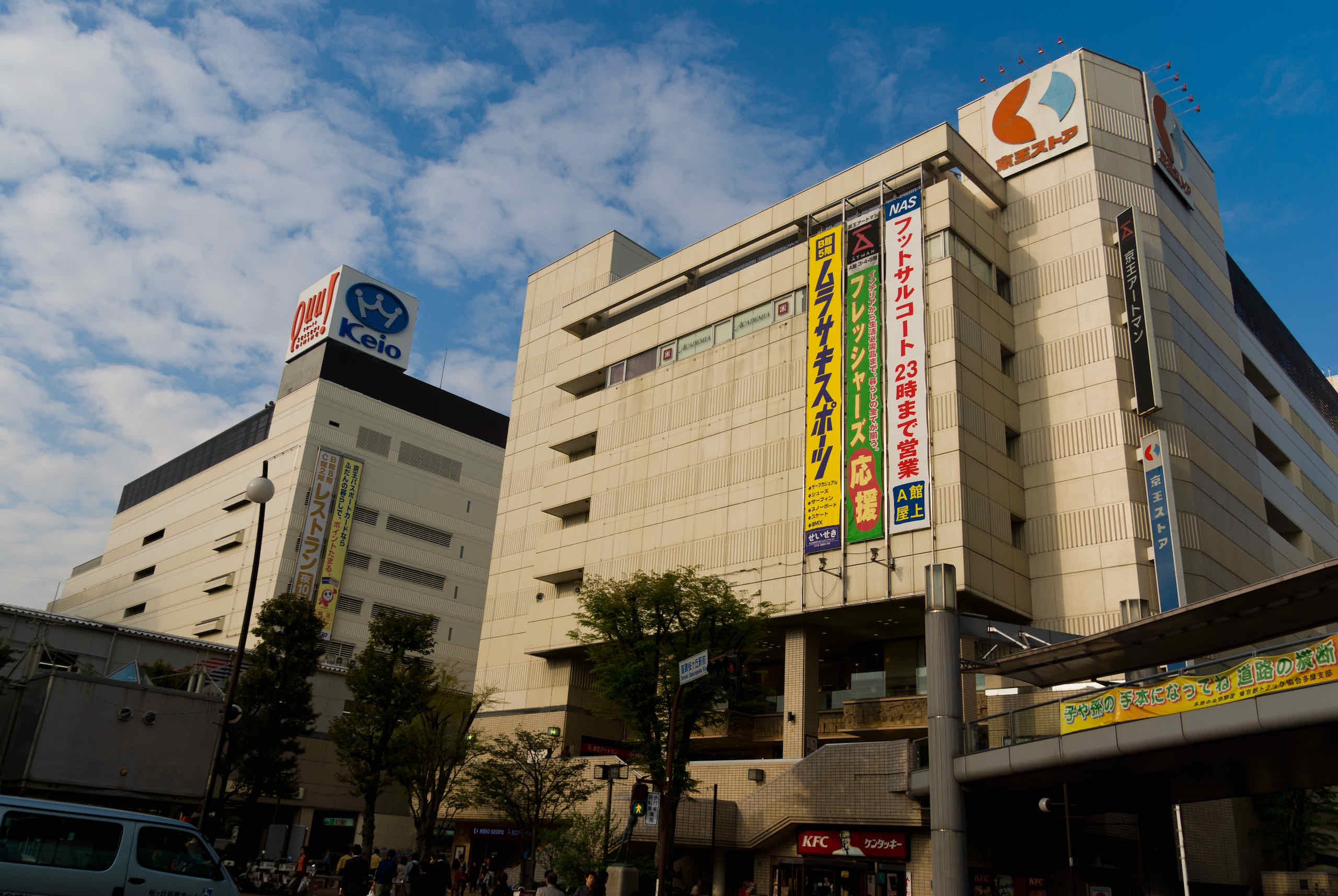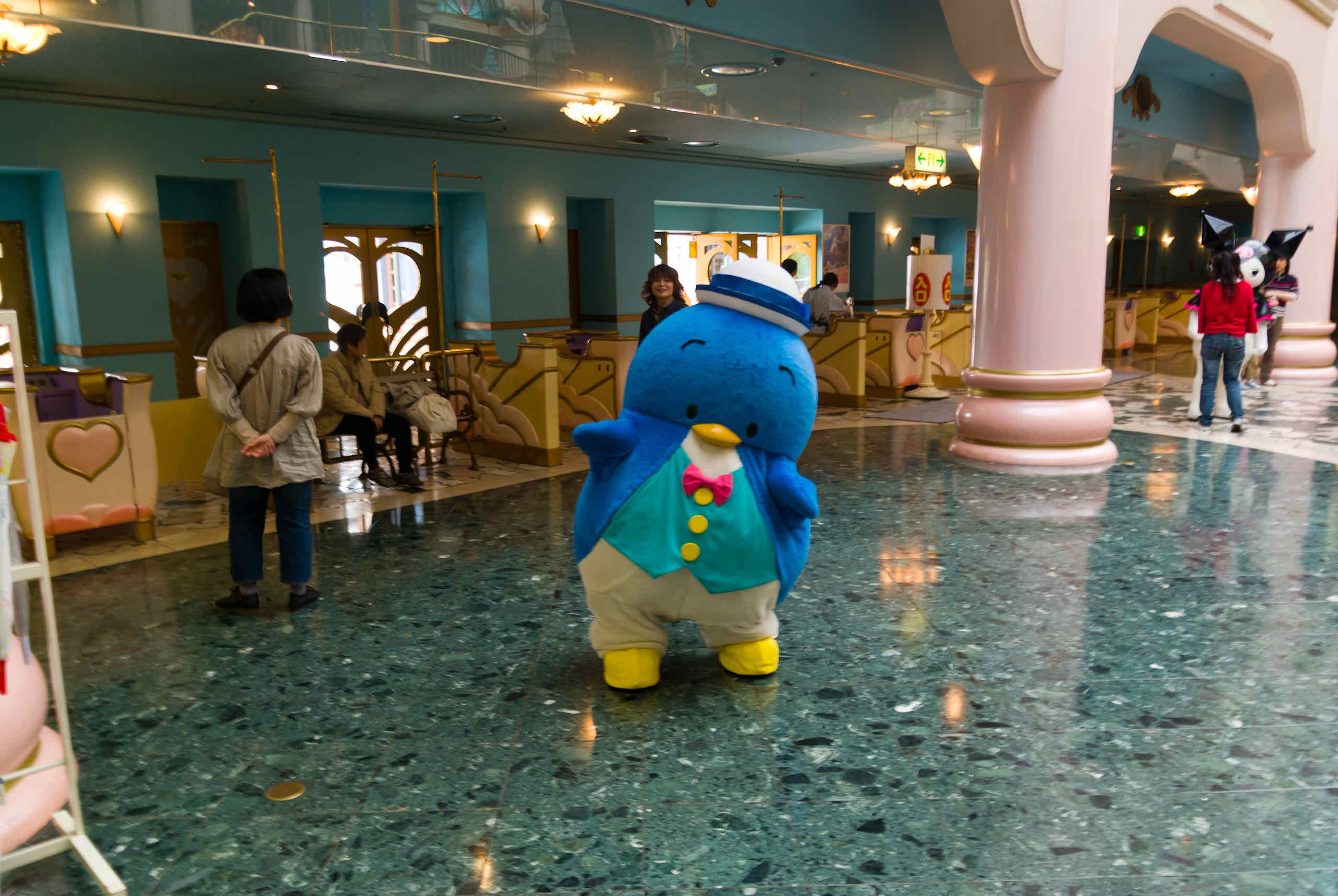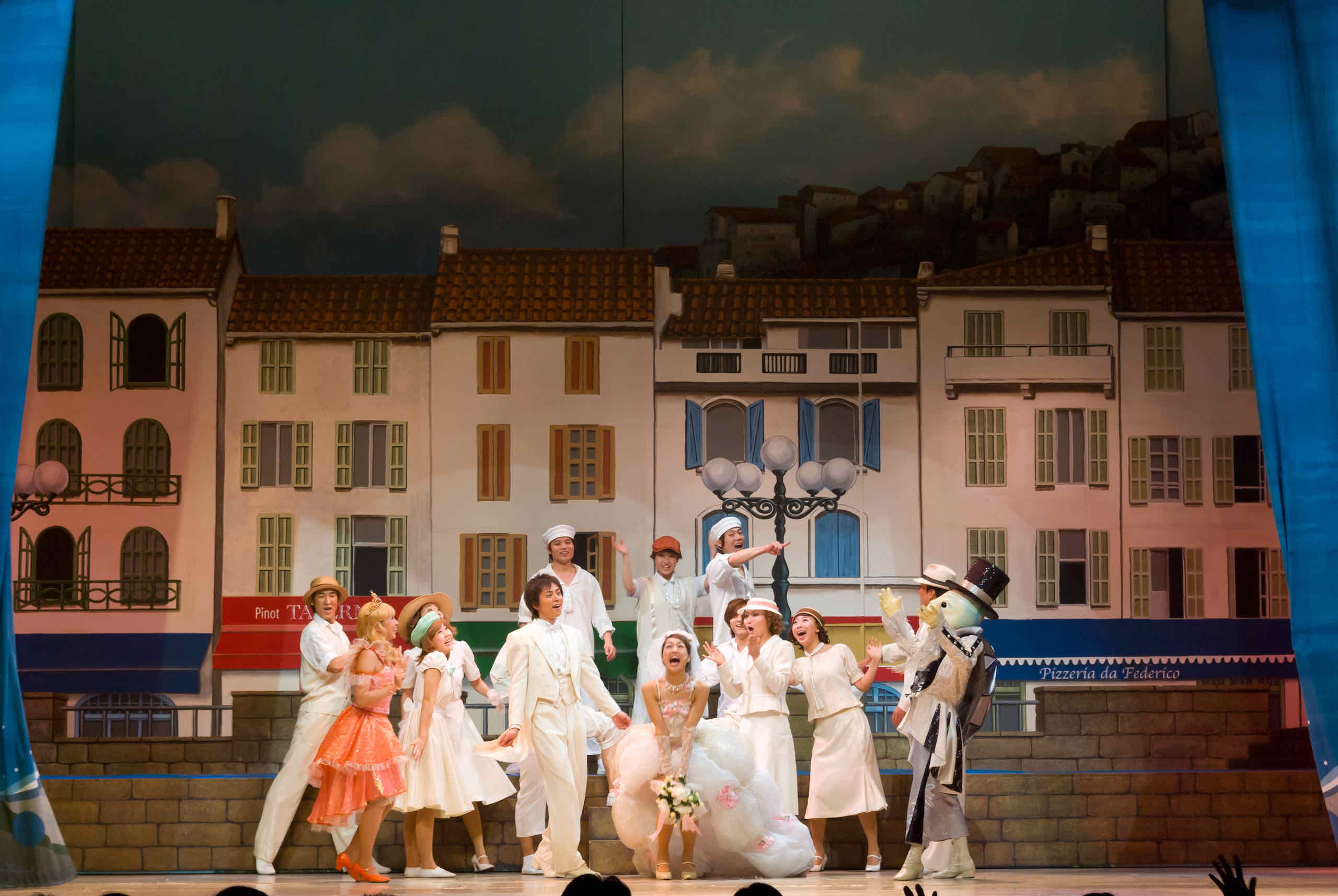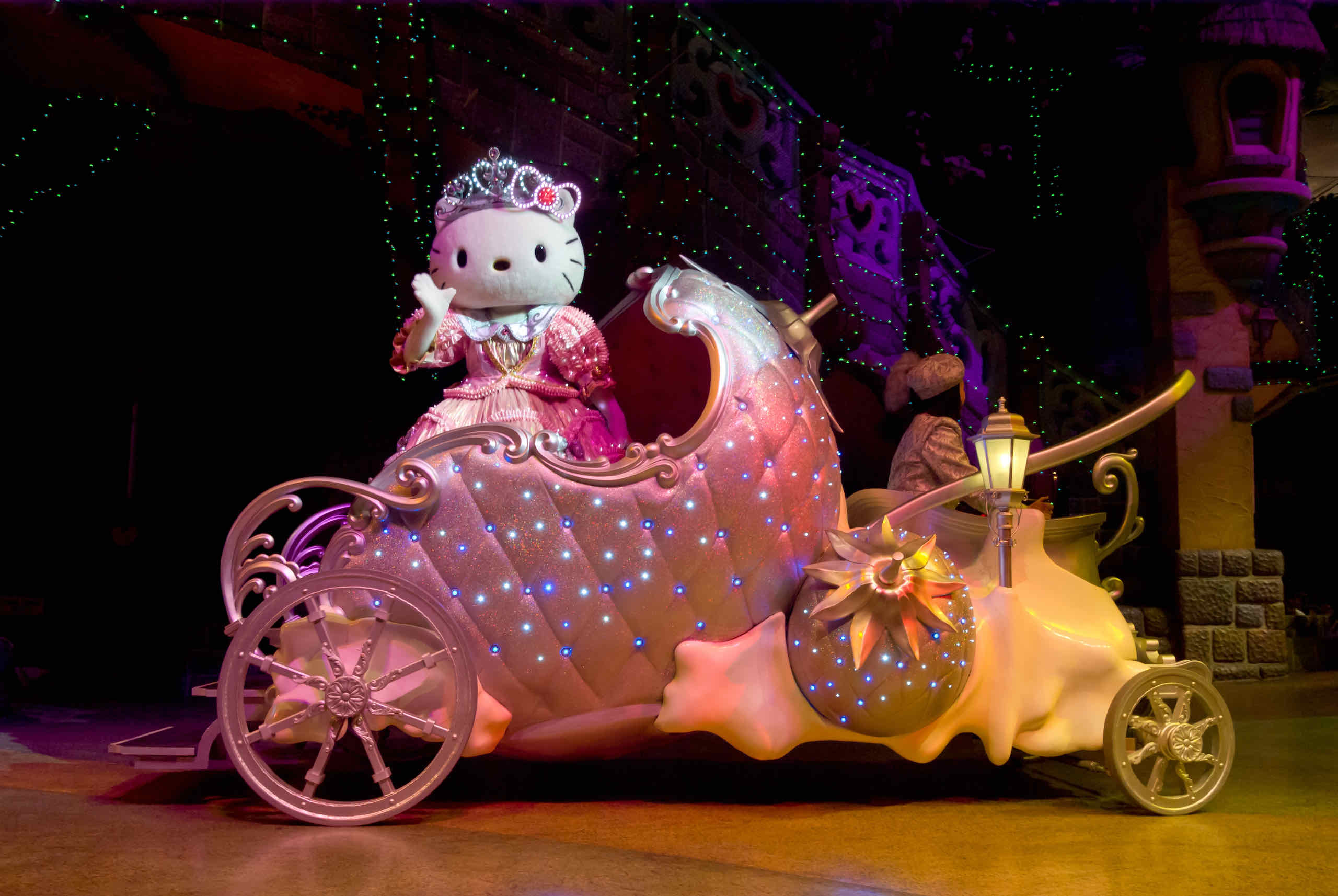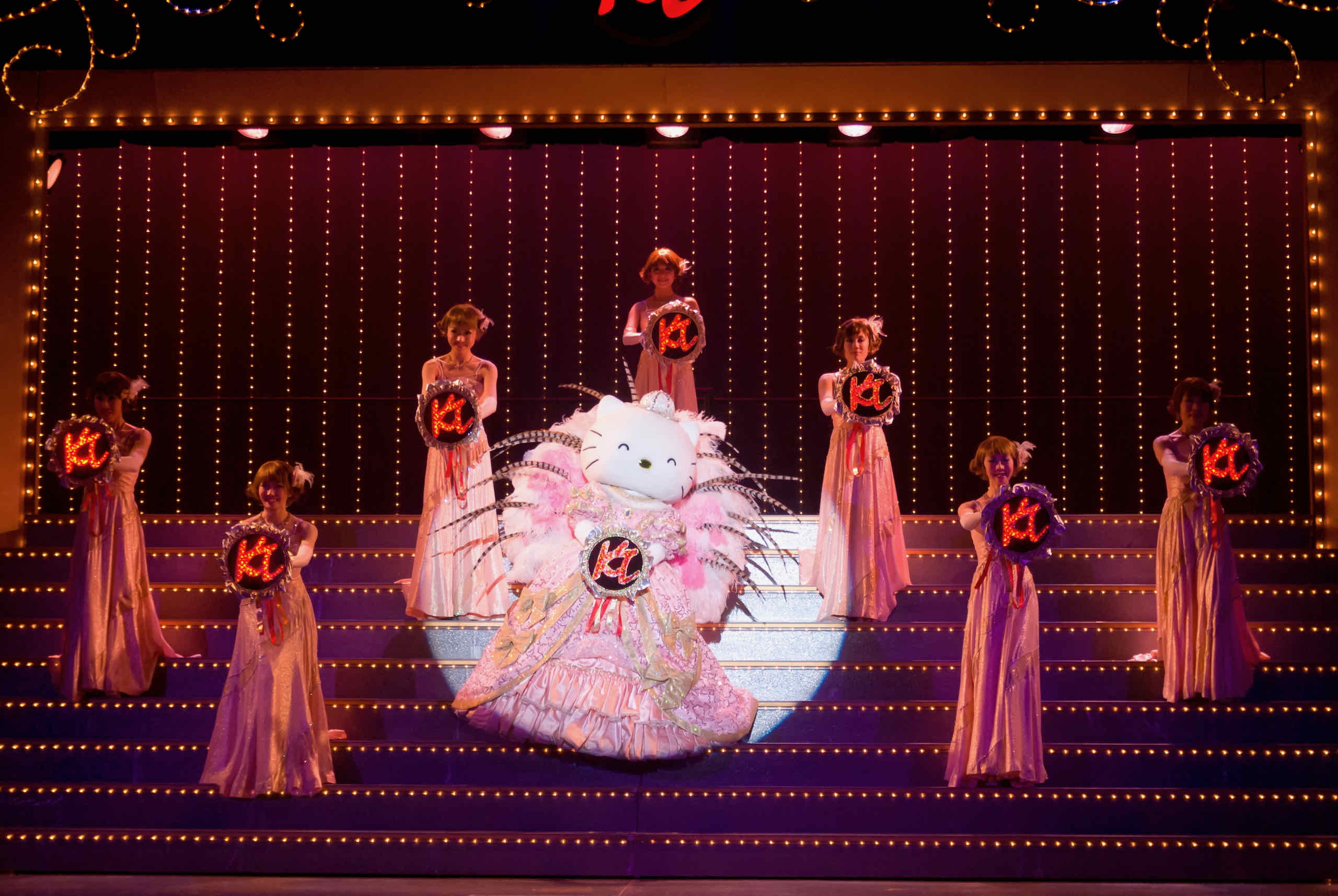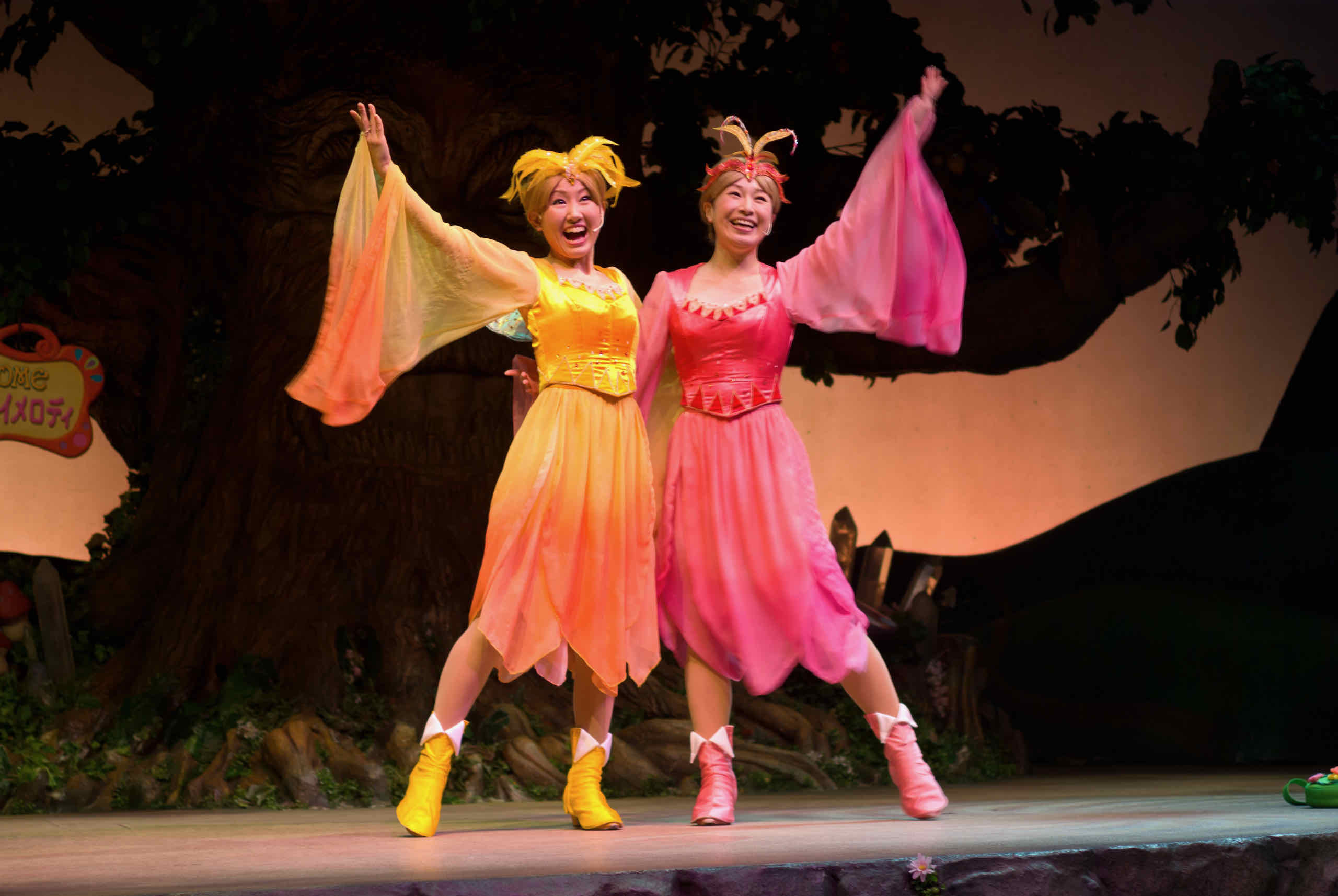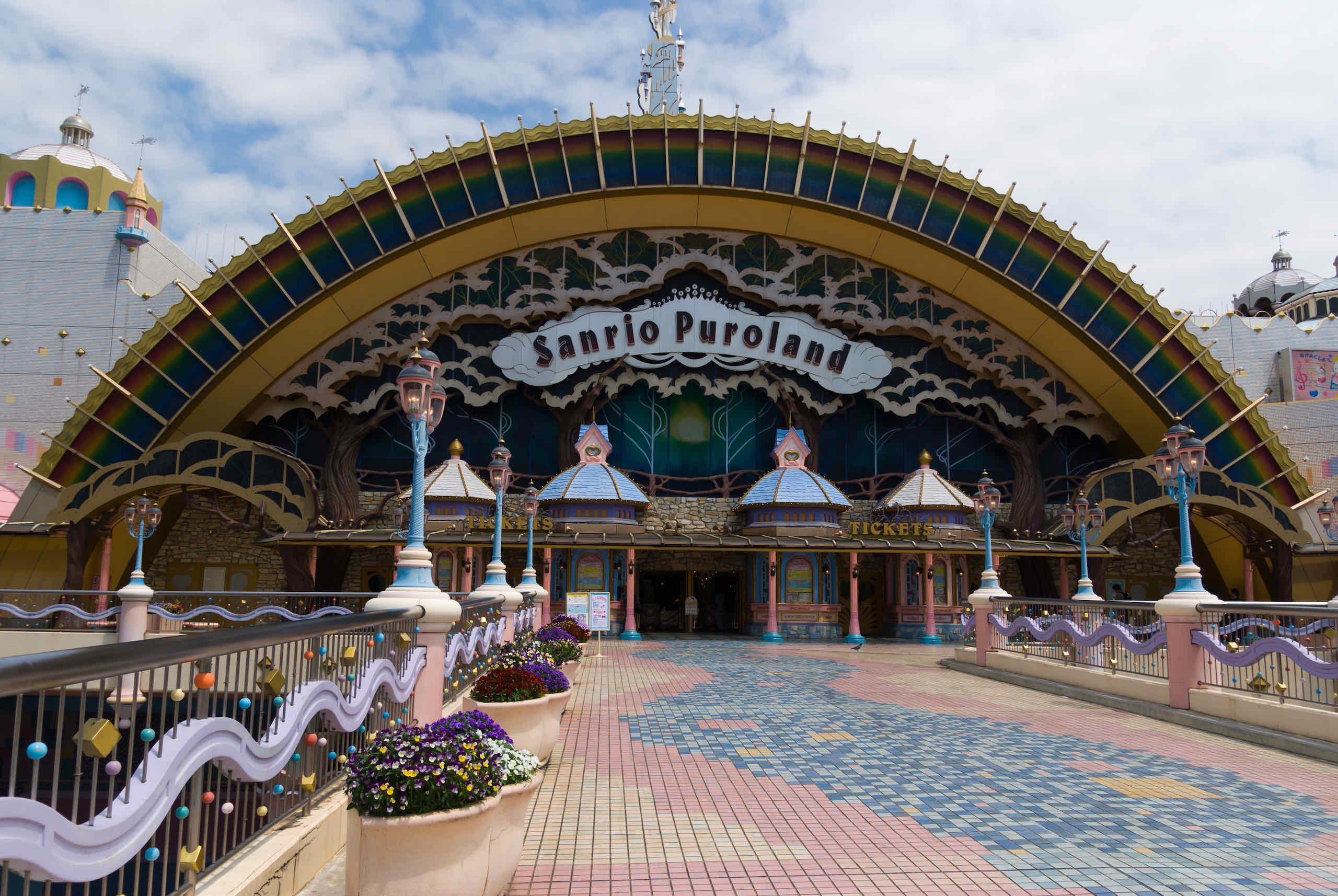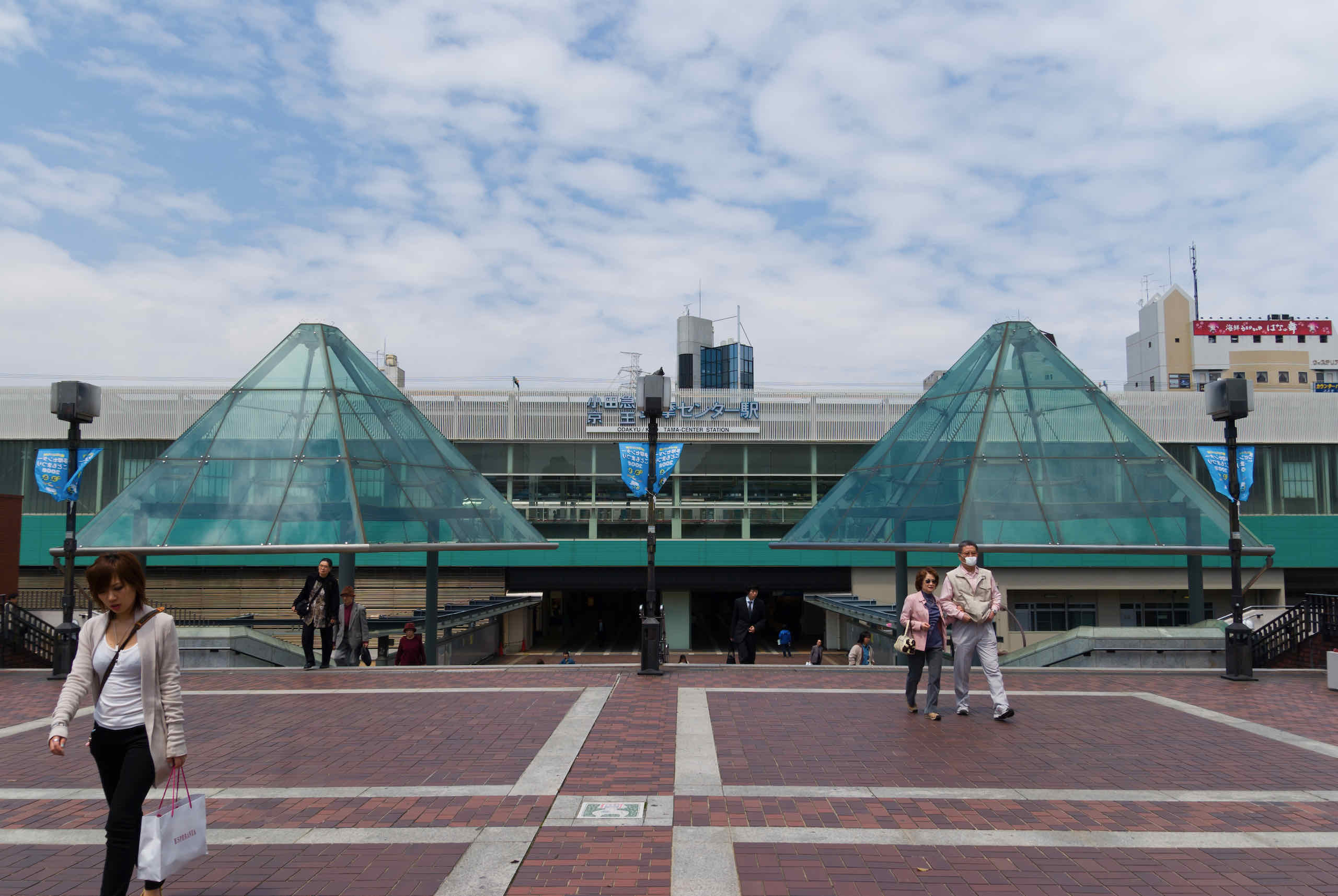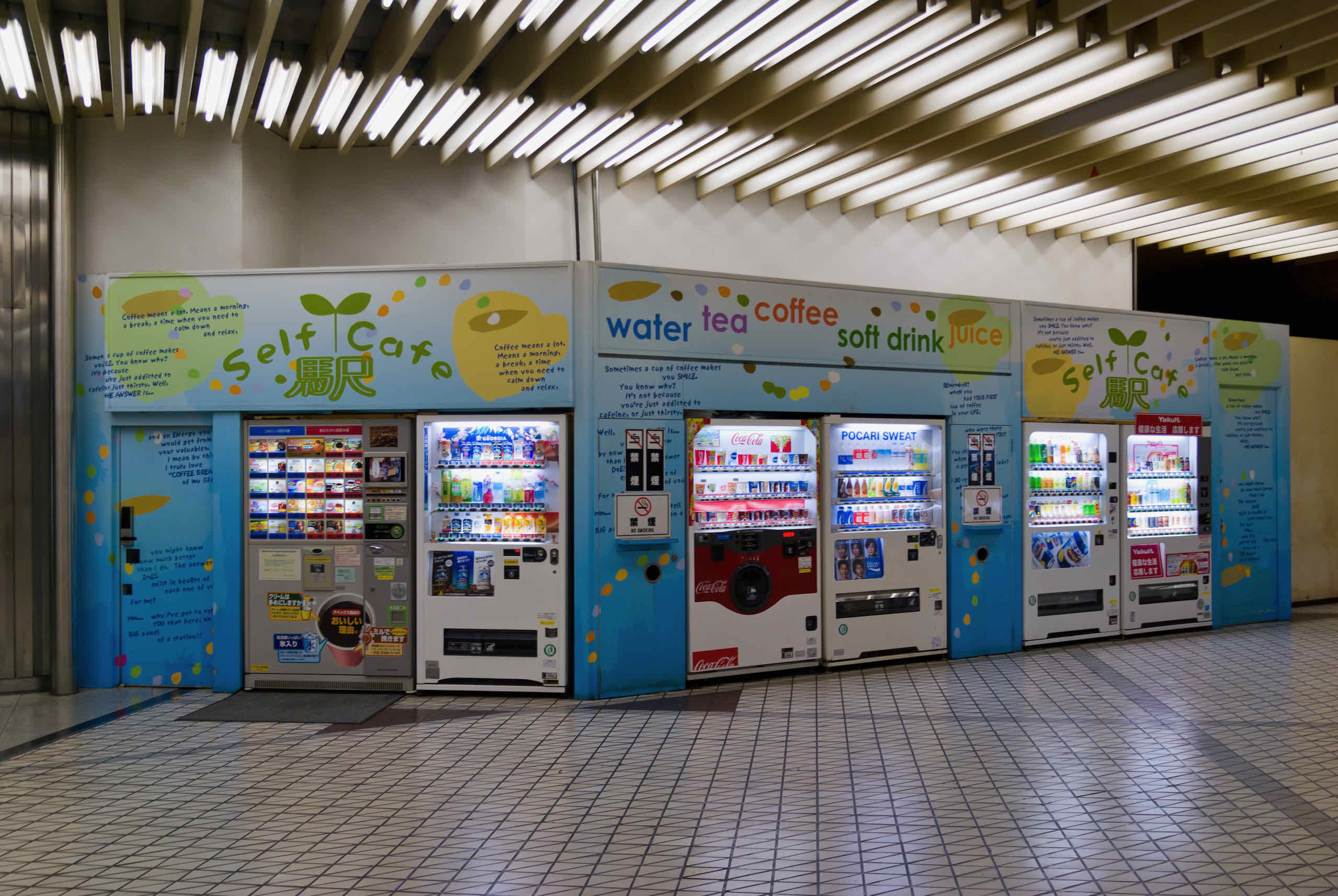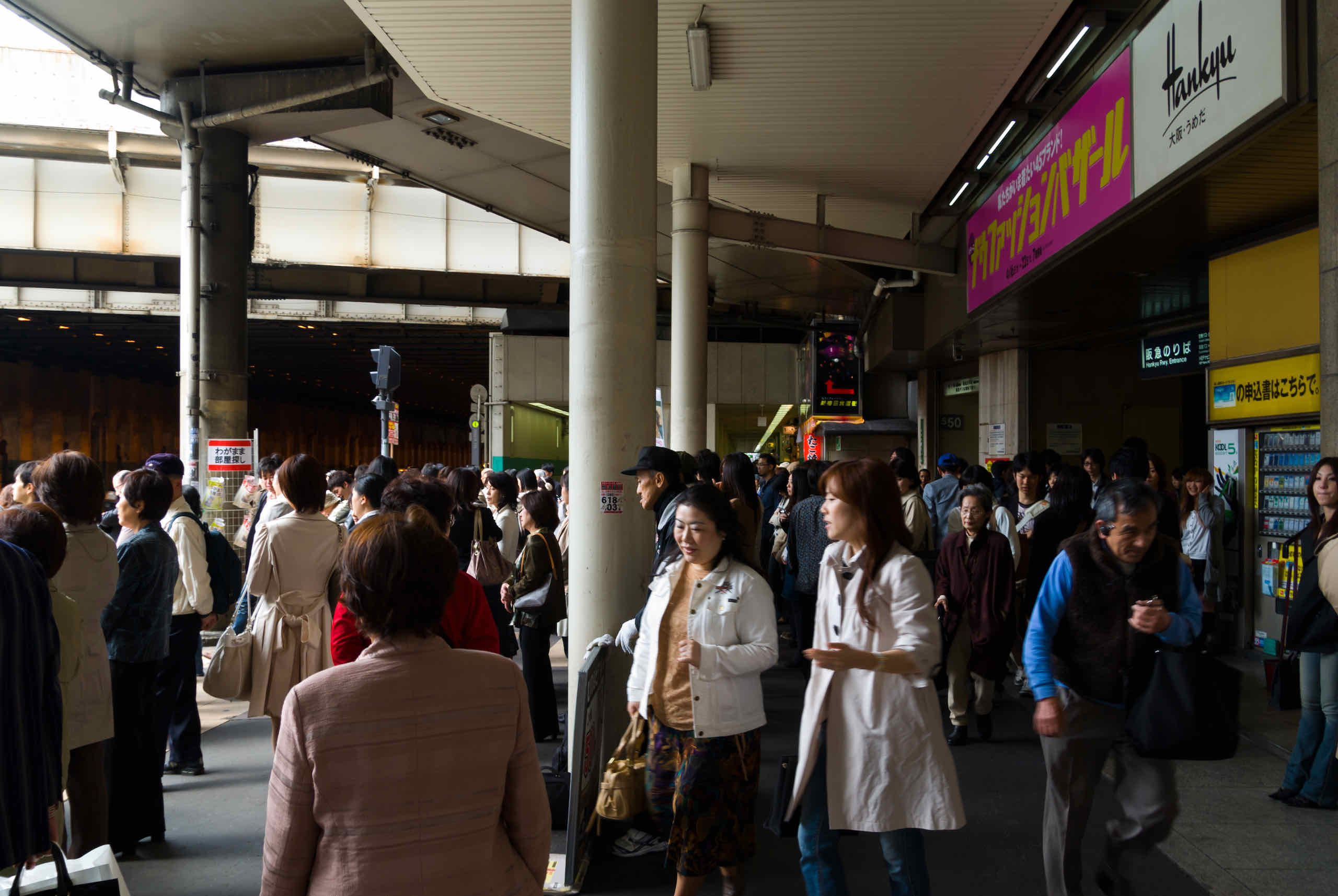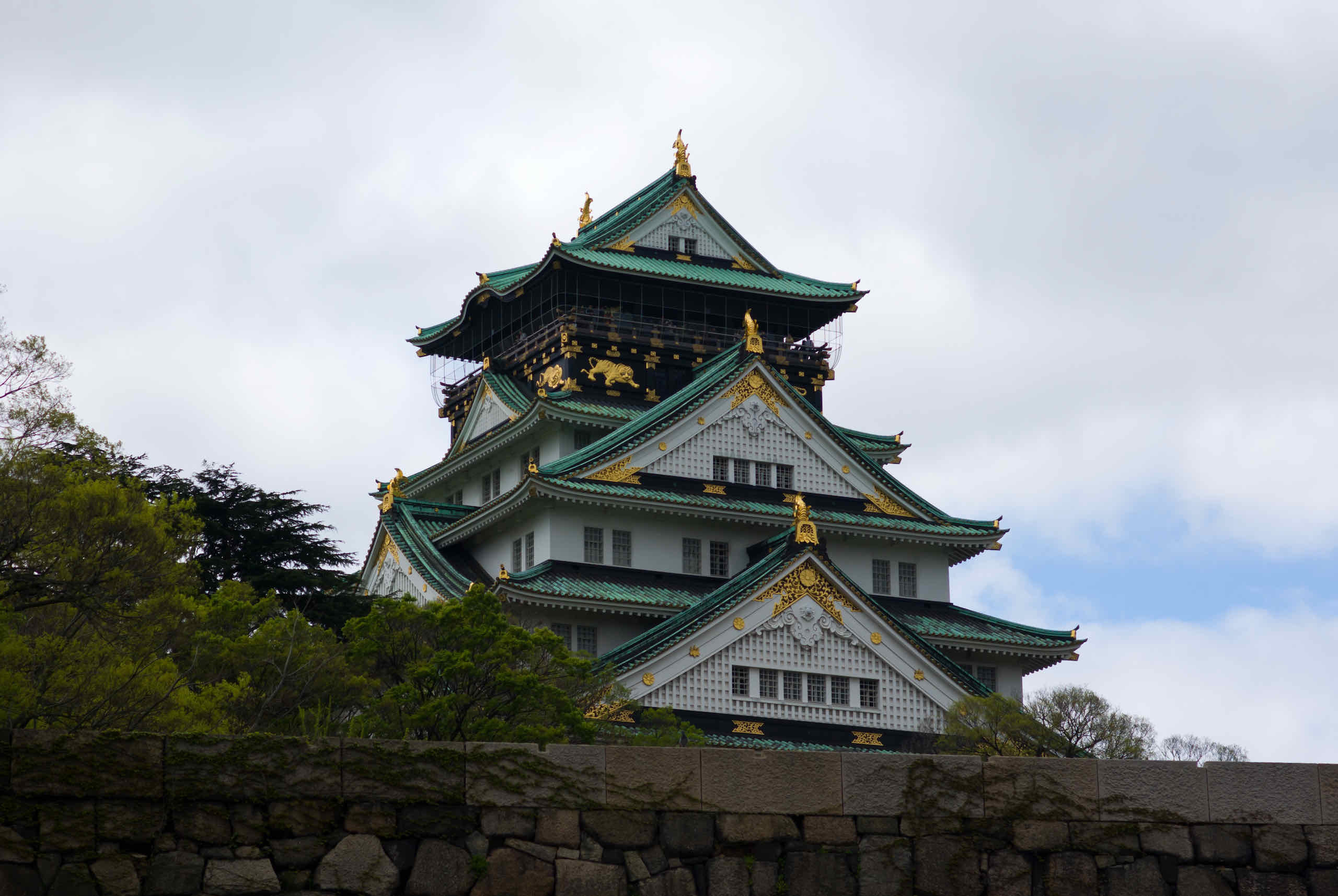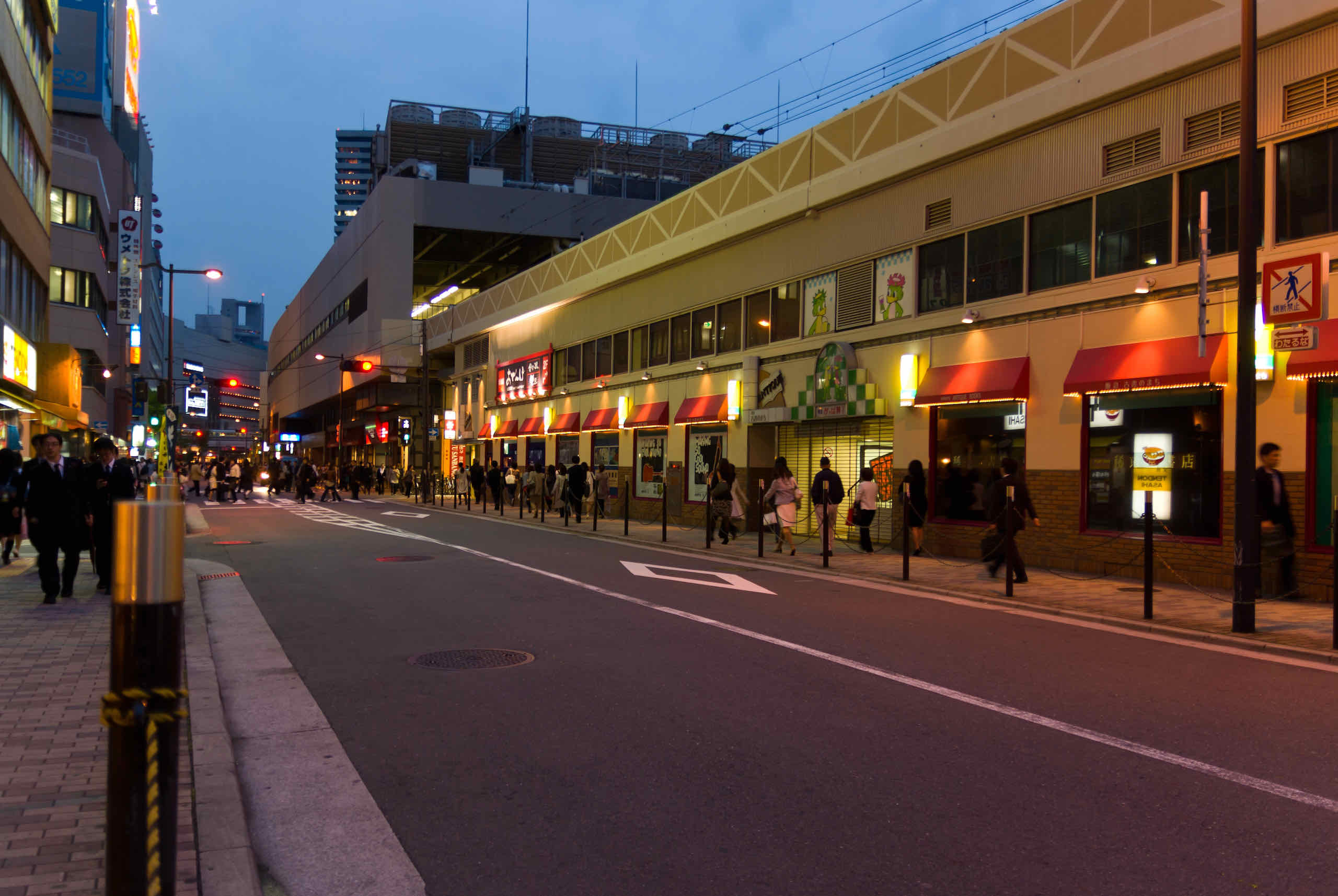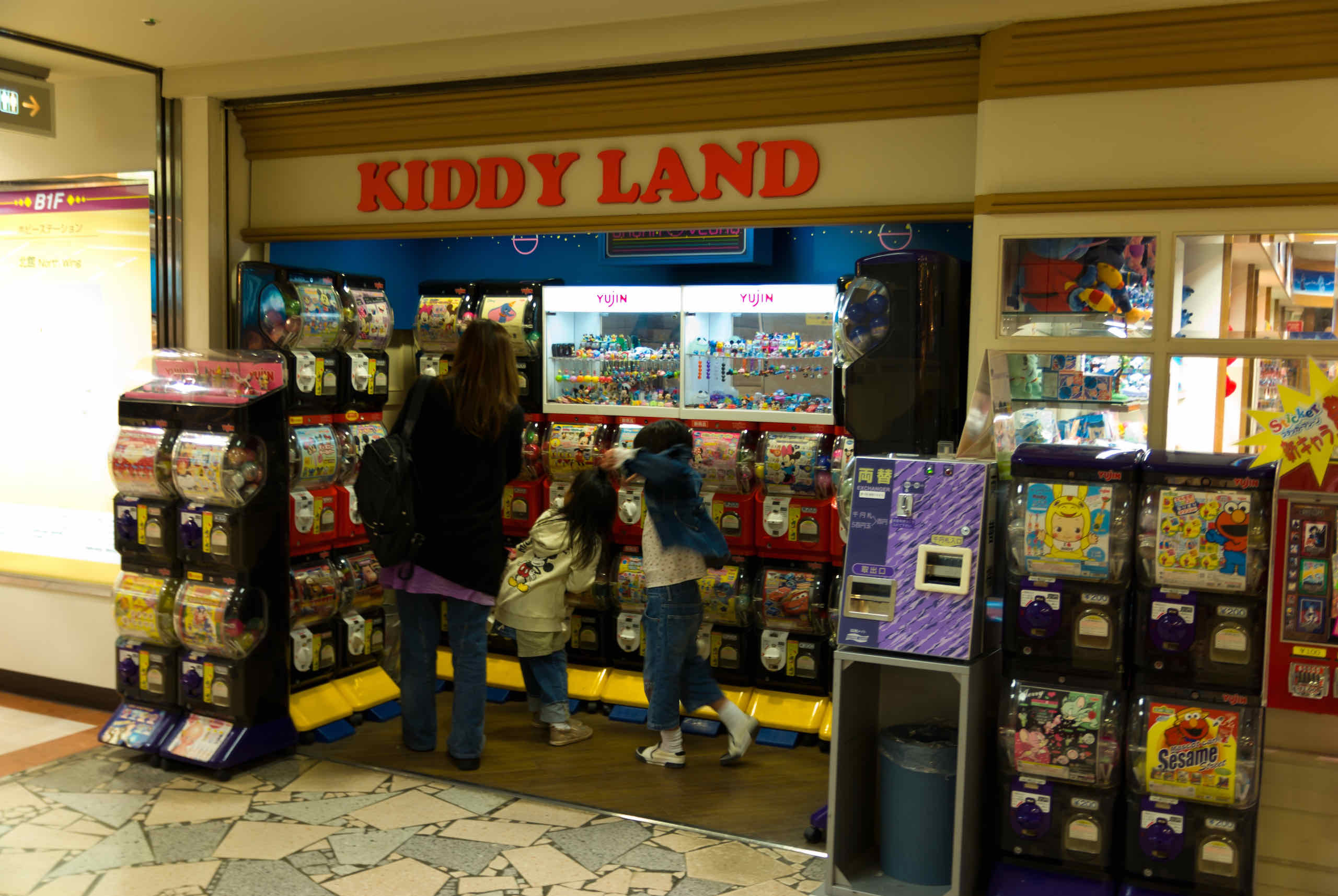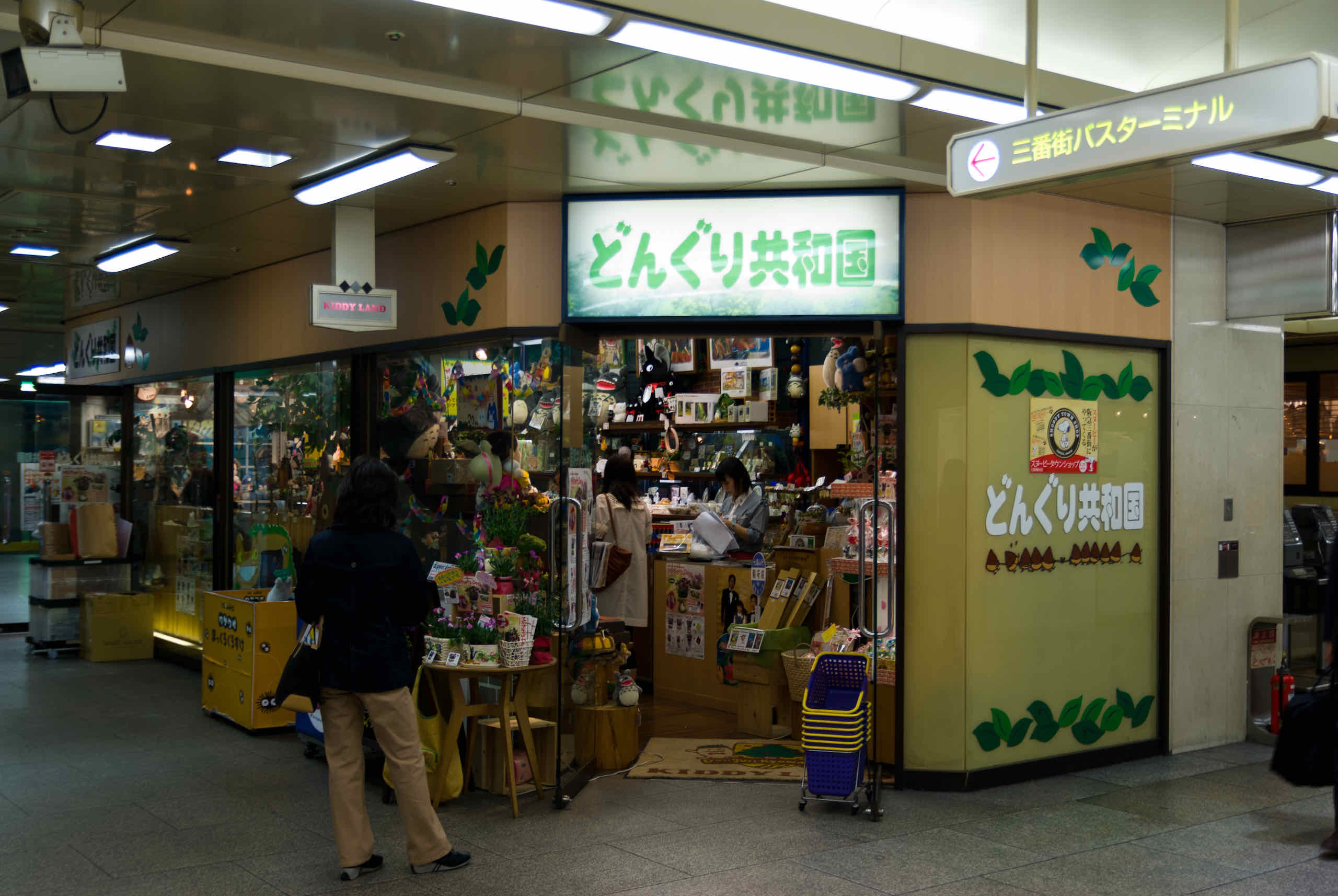The third Tokugawa Shogun, Iemitsu, was responsible for greatly enhancing the Toushouguu because of his deep respect for his grandfather Ieyasu. He too wanted to emulate Ieyasu so much he declared on his deathbed that 「死んだ後も東照大権現(家康公のこと)にお仕えする(I will serve Ieyasu even after I die) – so of course his wish was granted by his son after his death and the Taiyuin Mausoleum was constructed. The buildings in the Taiyuin Mausoleum are arranged to face the Toushouguu.
The entrance of the Taiyuin is through the Niou gate (仁王門) – guarded by two Deva Kings (Niou).
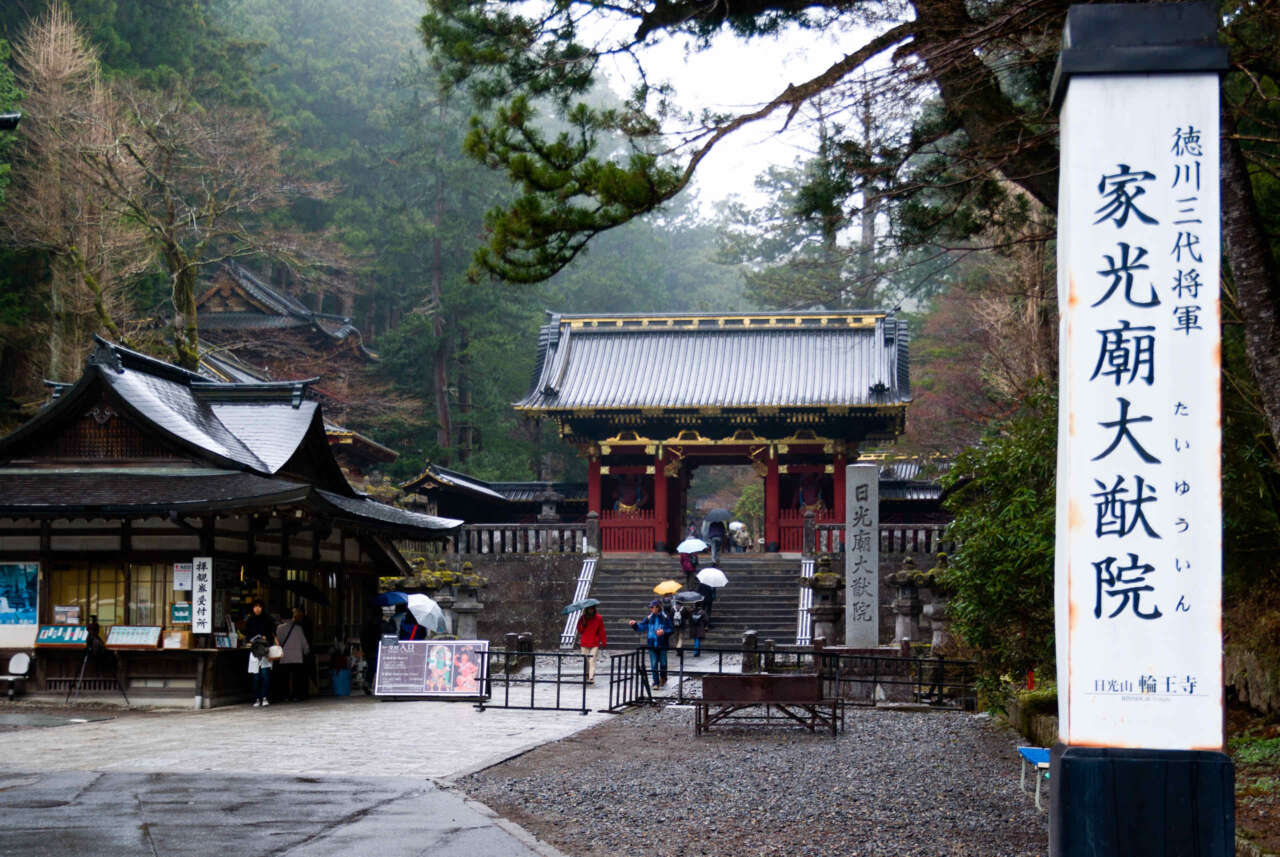
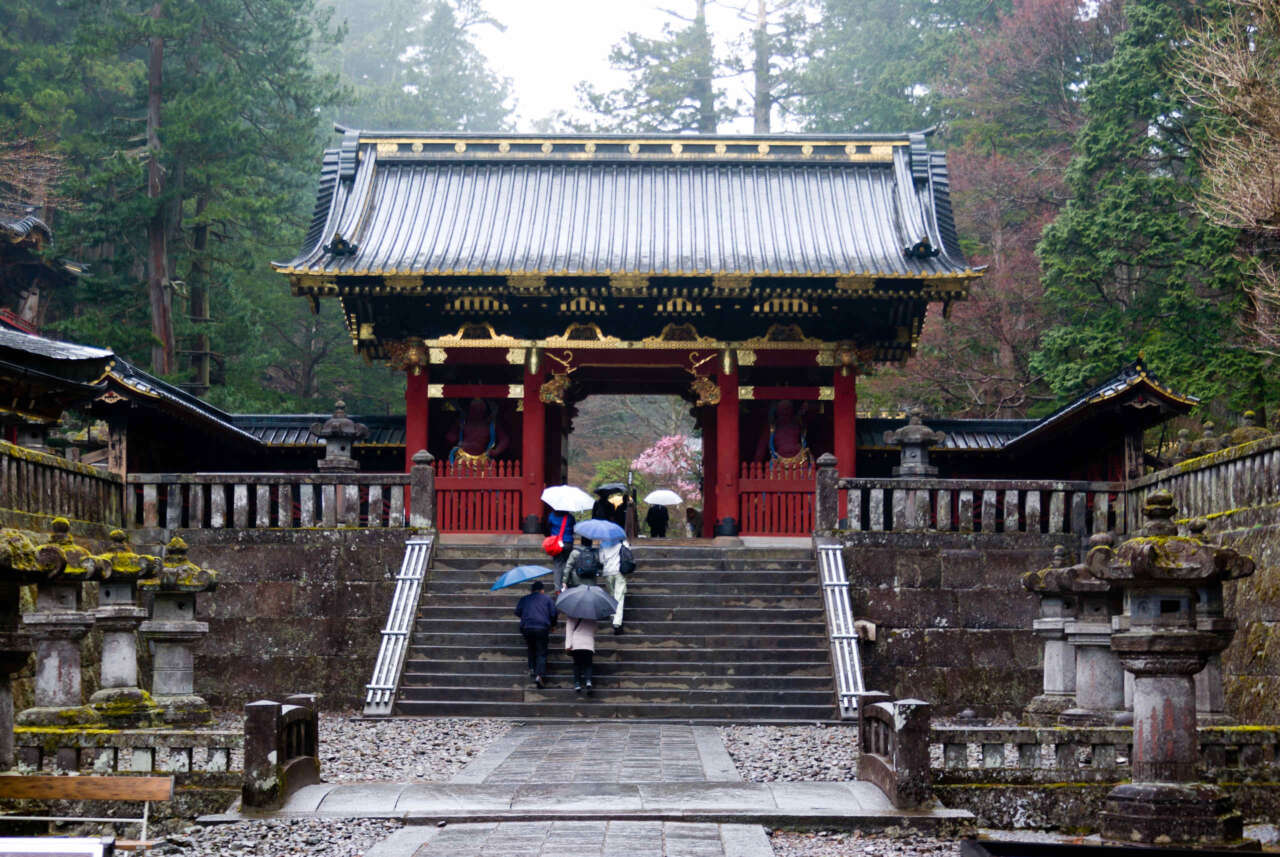
There are quite a few lovely stone lanterns here.
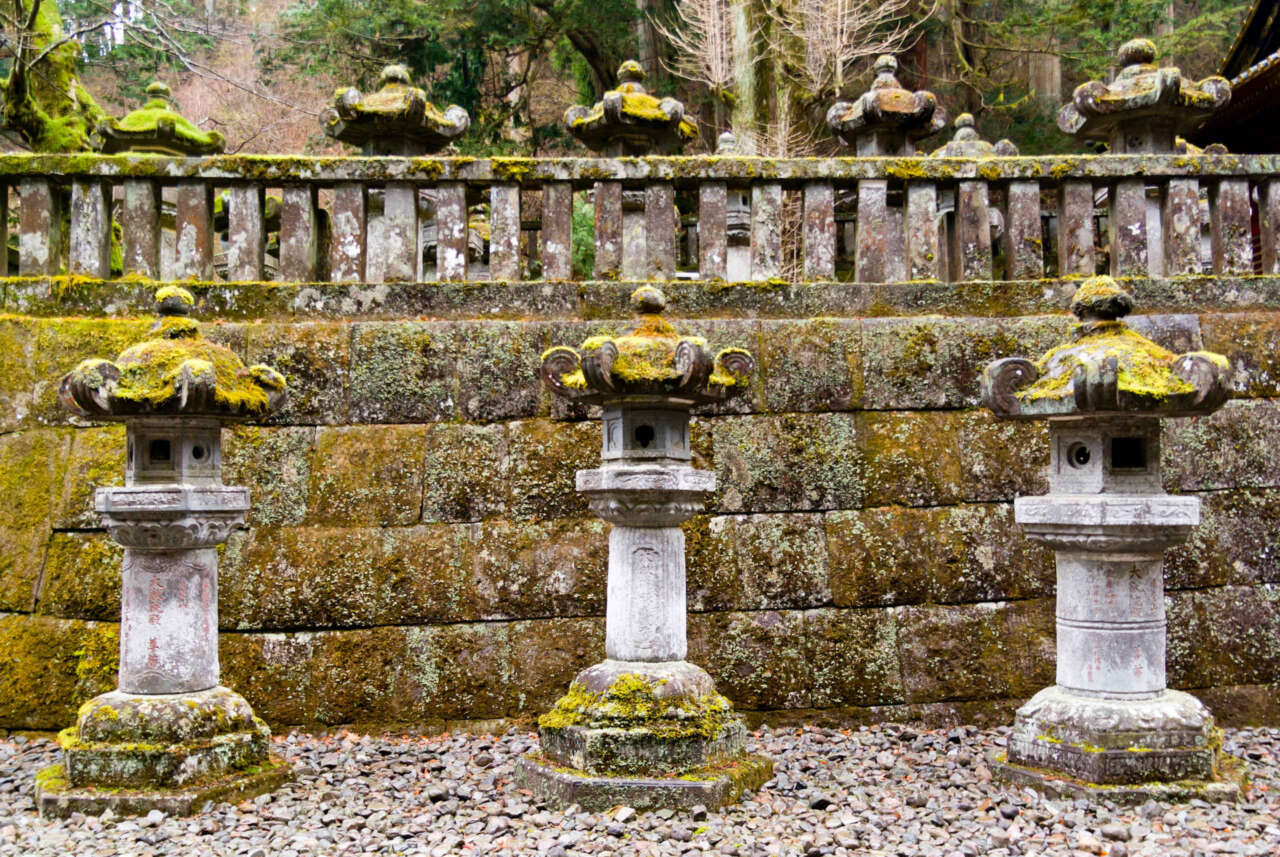
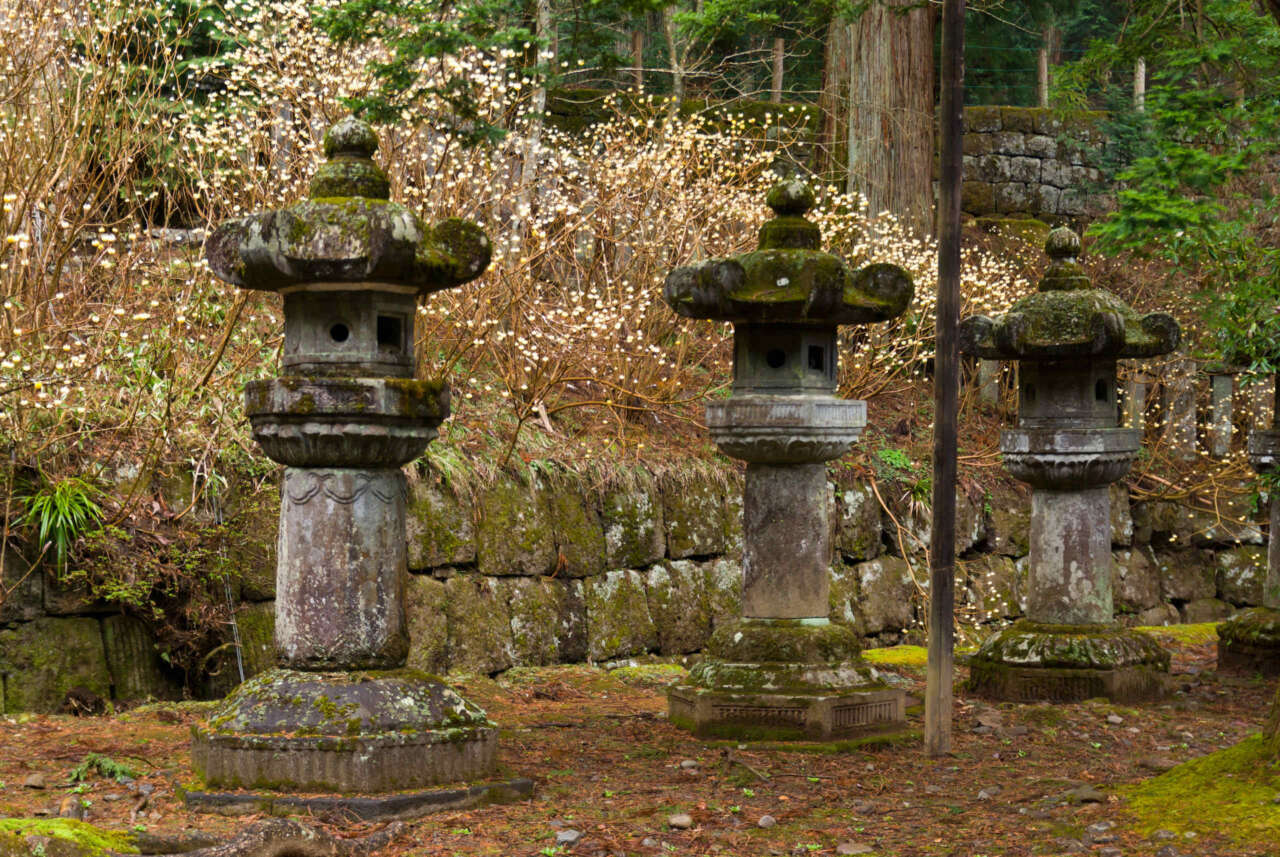
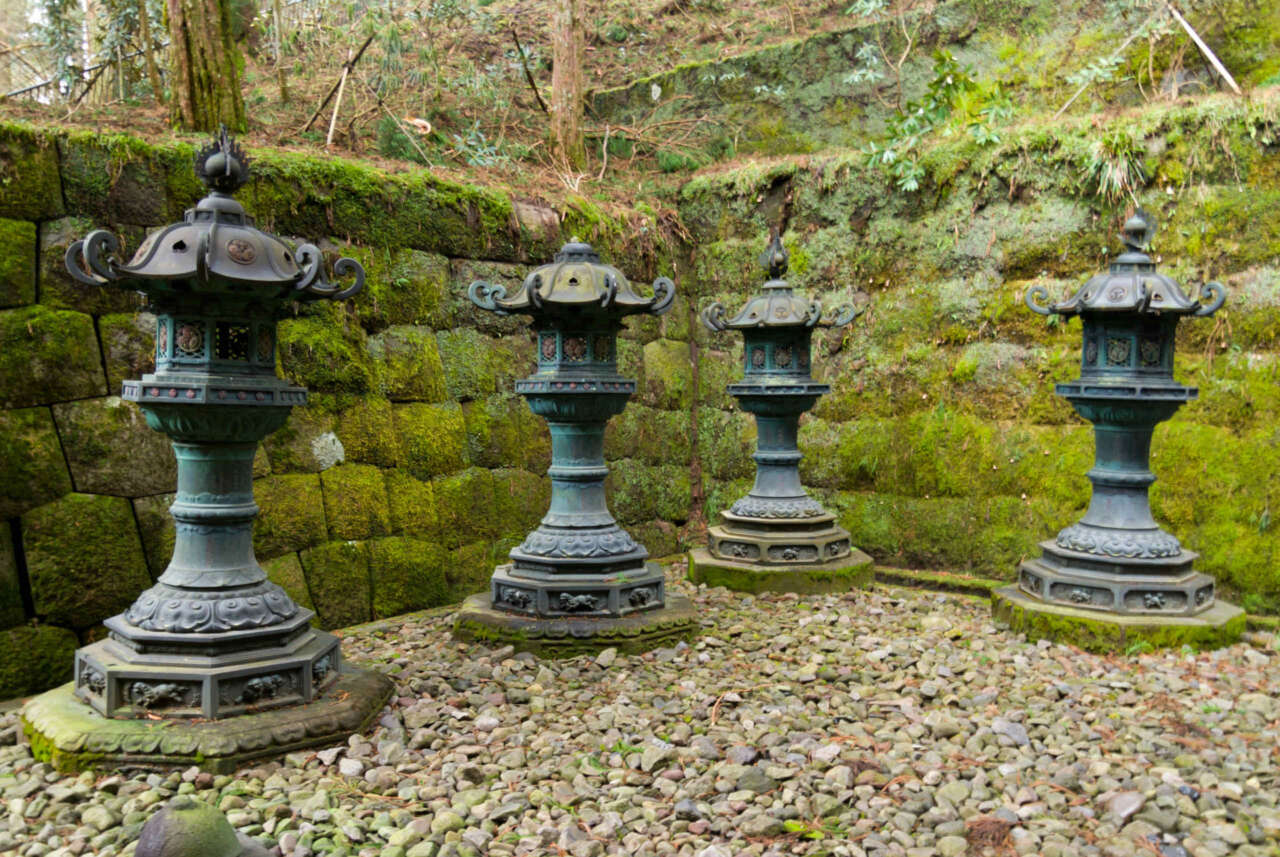
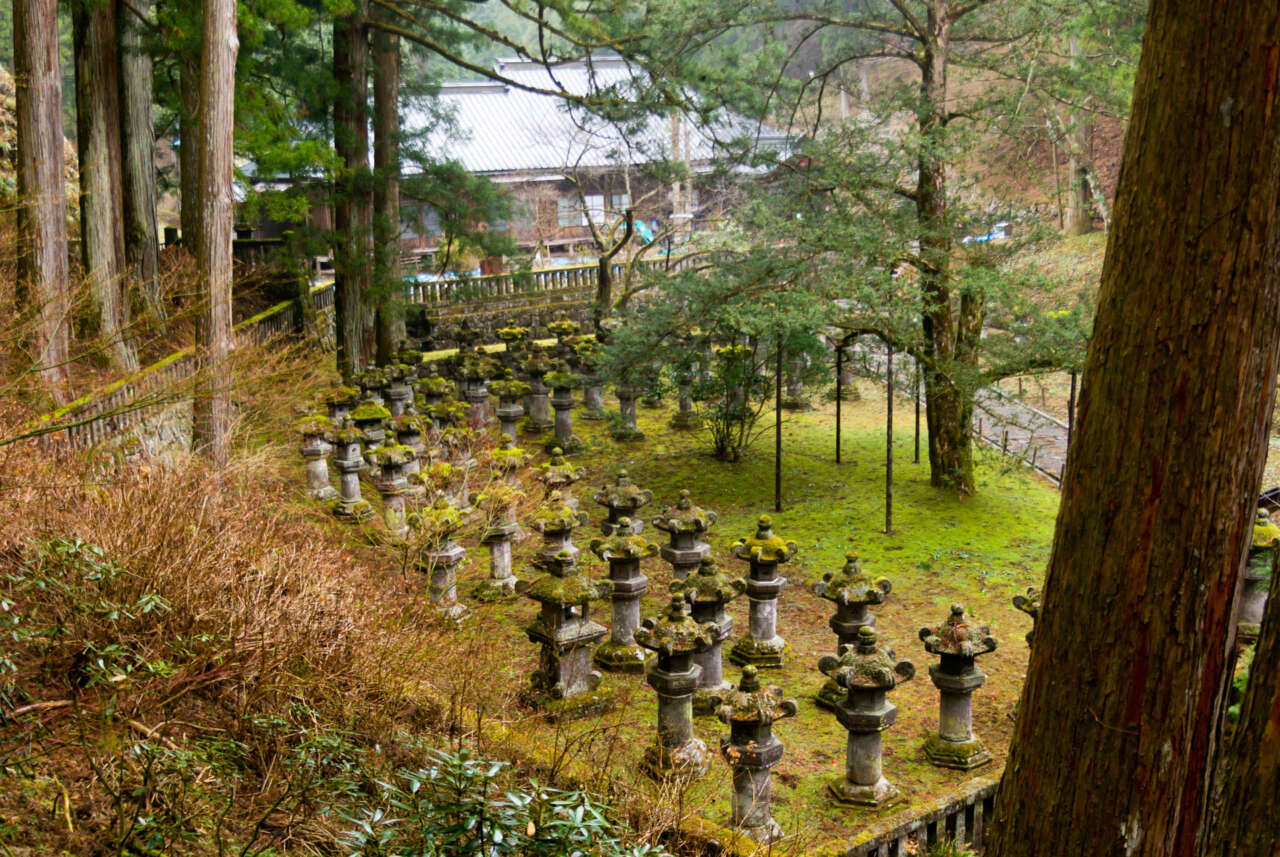
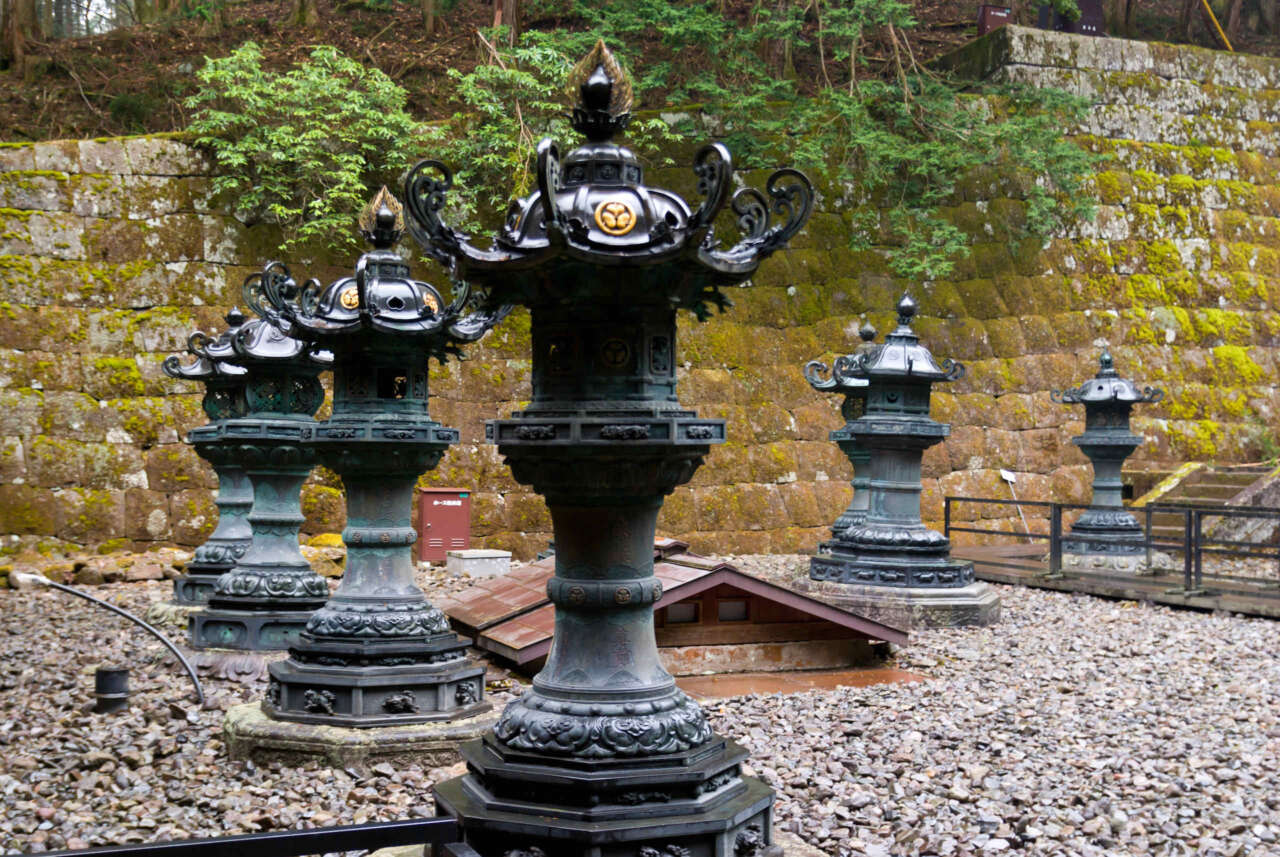
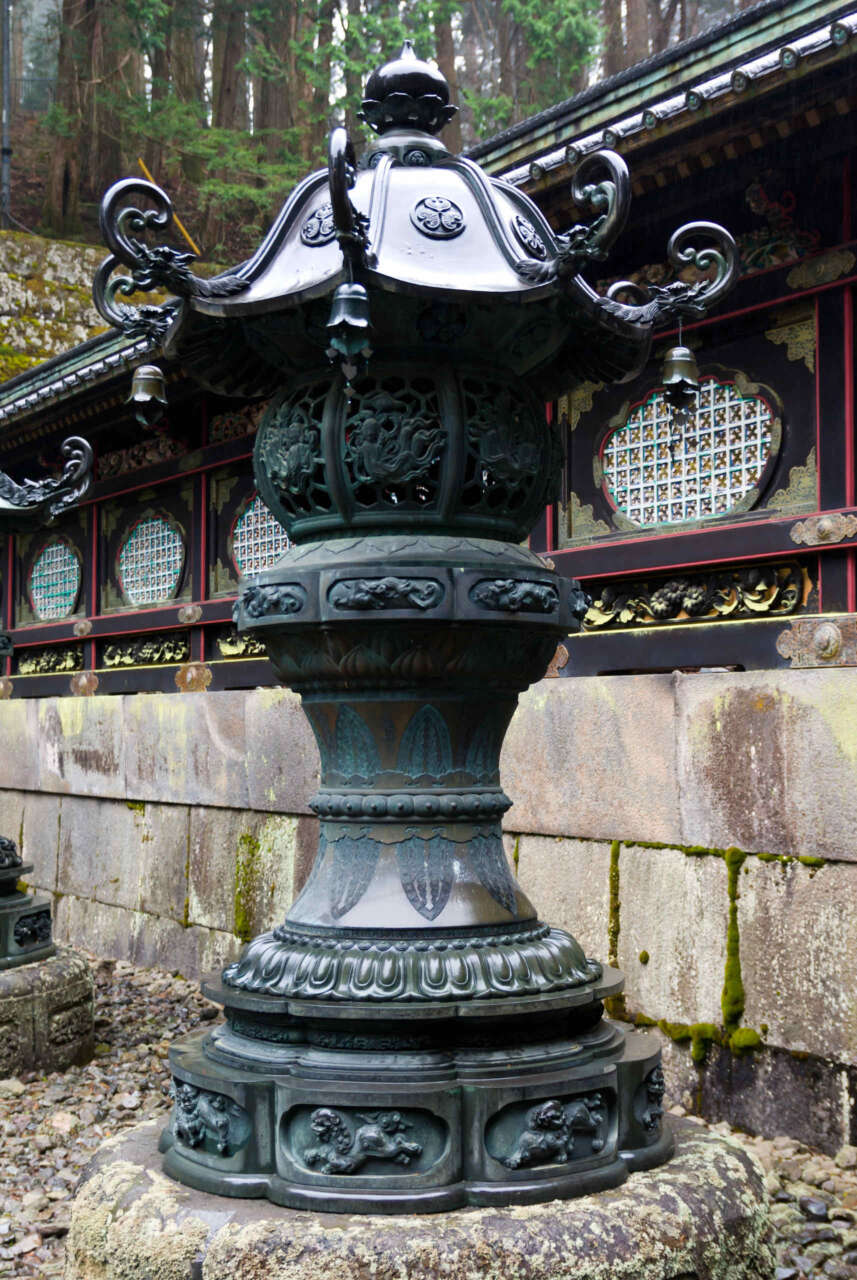
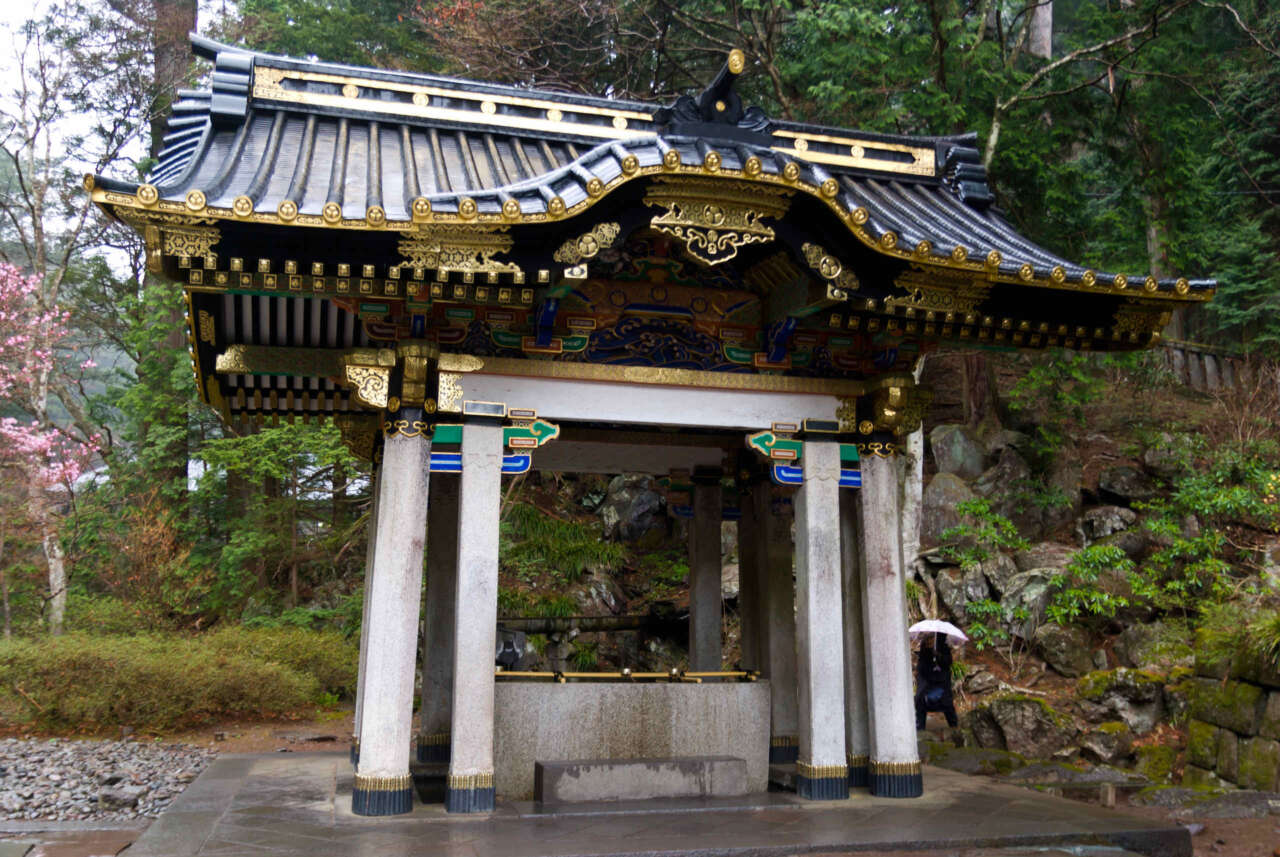
The water house – Omizuya (御水舎) – is also called The Mirror of the Dragon in the Water (水鏡の竜) because a dragon is painted on the ceiling and is reflected on the water’s surface.
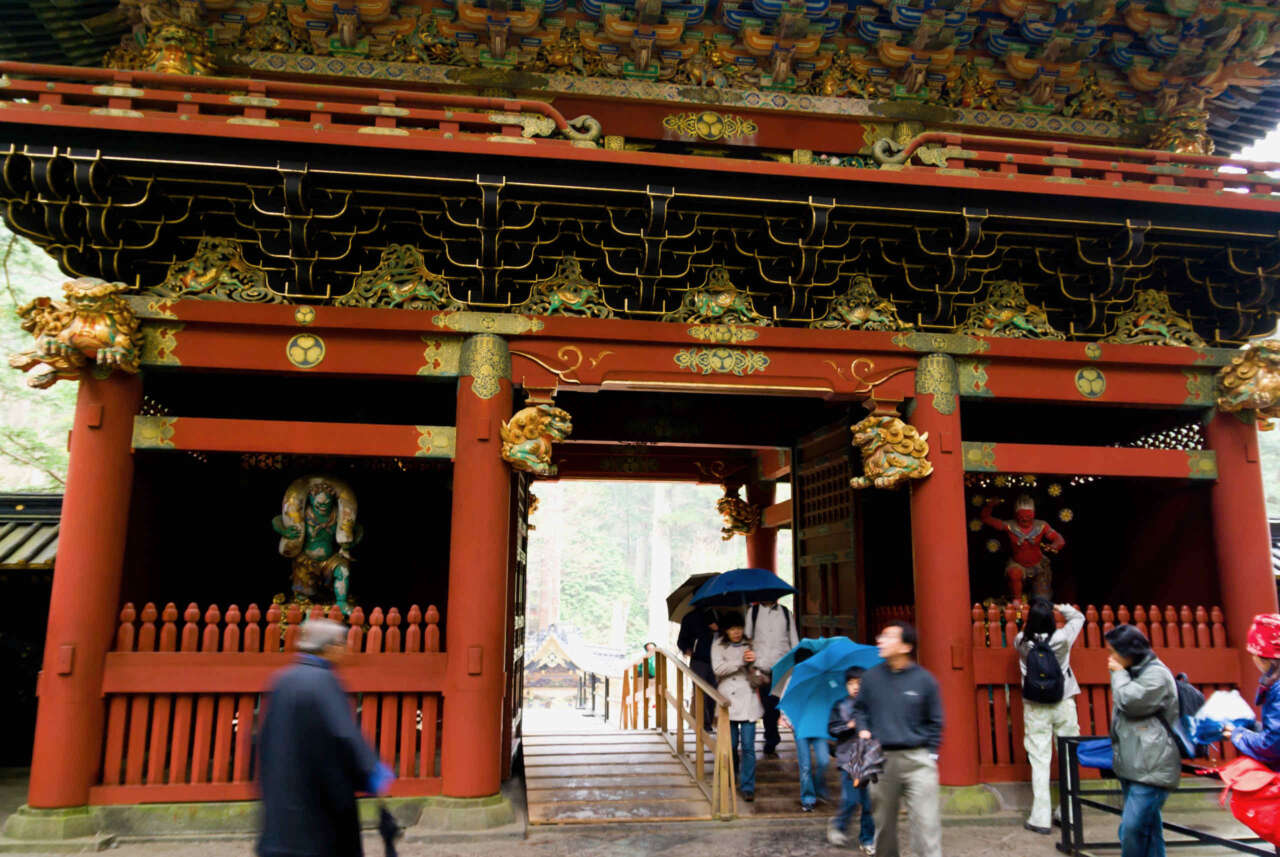
The next gate is the Gate of Two Gods – Nitenmon (二天門) – so called because of the two Niou (Deva Kings) in the front (one on each side).
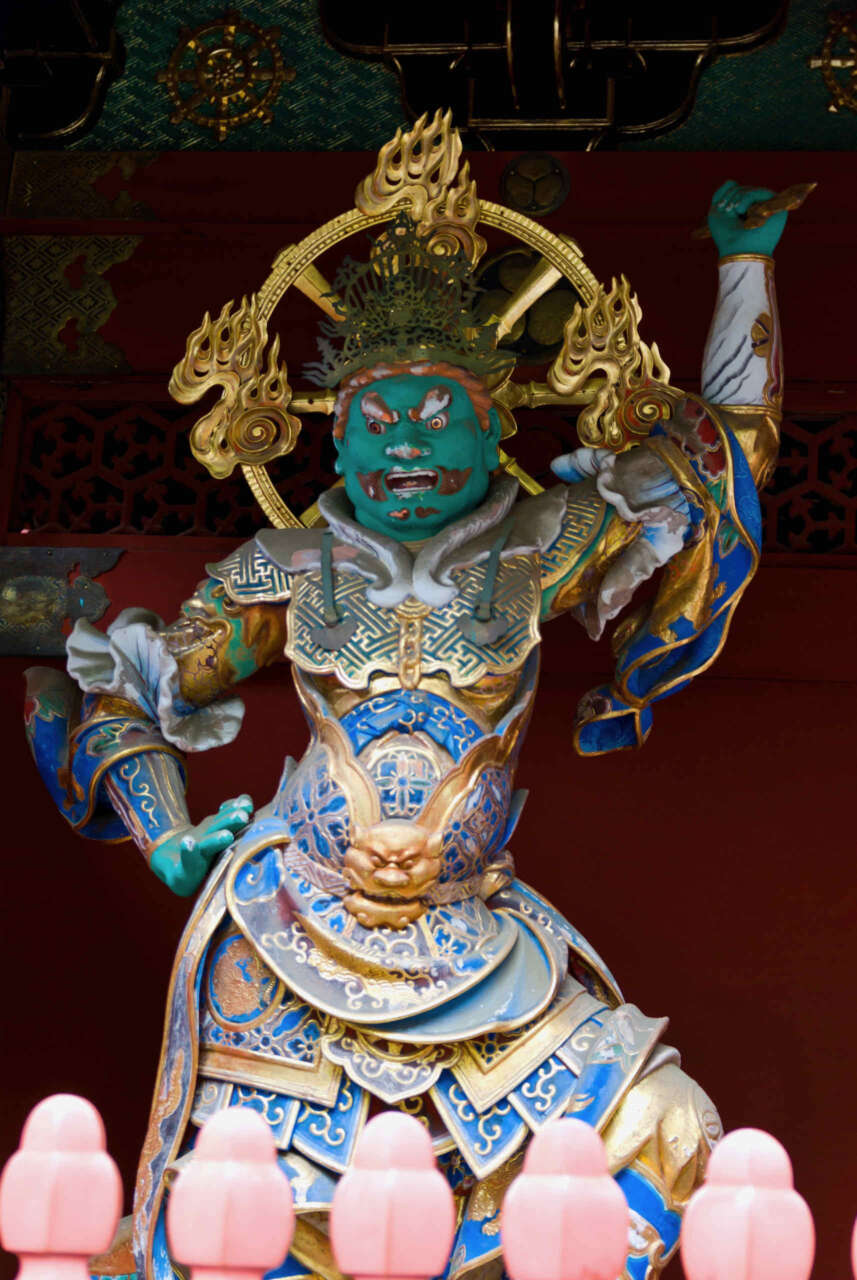
Here’s one of them – Jikokuten (持国天像).
Incidentally, in case you have been wondering why the Deva Kings look, well, kind of like sculptures of Indian gods, it’s because they are. It’s the influence of Buddhism – which came from India (via China). Devas are higher level spiritual beings in Buddhist theology – they live on a higher plane of existence and hence “gods” to us. I guess that Japanese only had Indian sculptures as references, so they must have thought Devas look … well … like Indians.
I wonder what would have happened if instead of the Dutch, the Portugese and the British, Indian sailors have landed on the shores of Japan in the 16th century. Would the Japanese have worshipped them as gods?
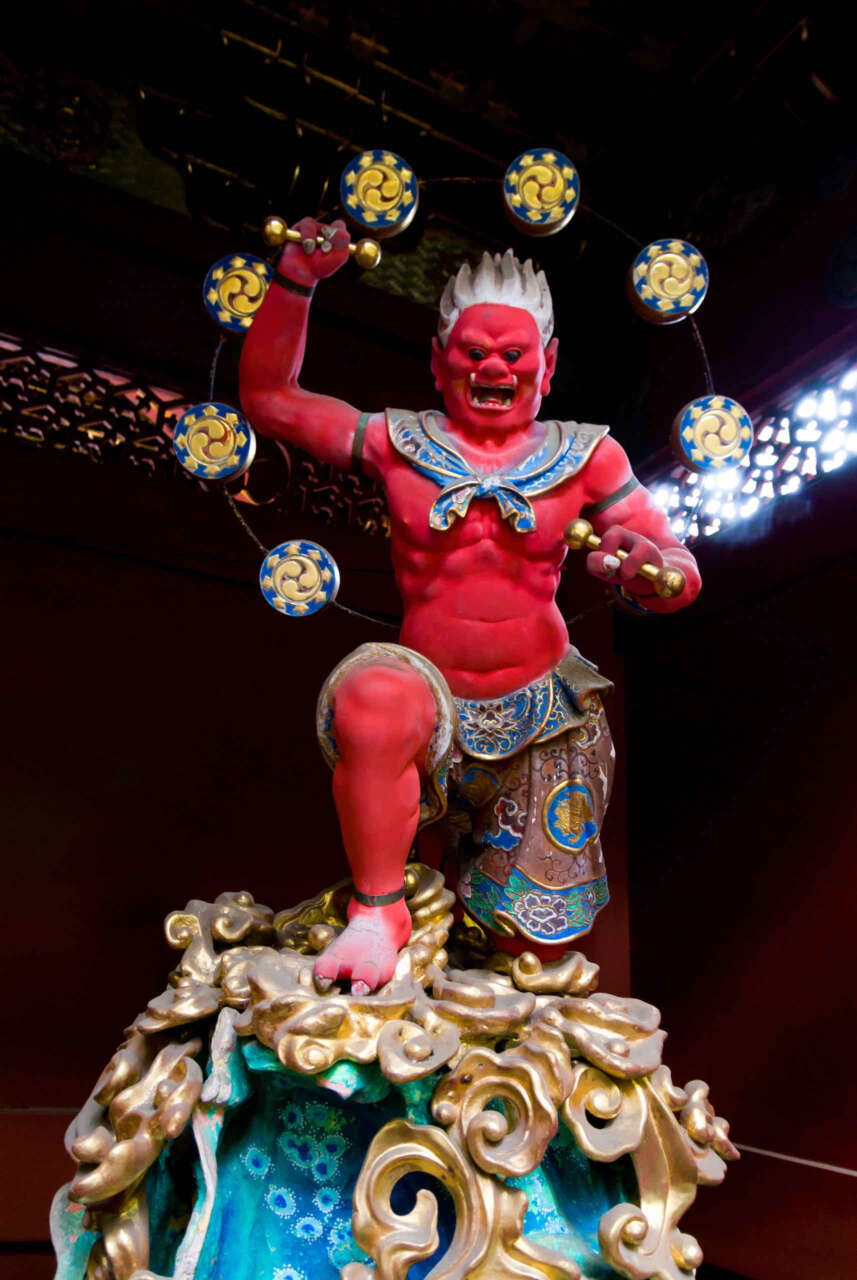
On the back of the Nitenmon are two other gods, who look quite scary. So shouldn’t the gate then be called the Gate of FOUR Gods? I’m confused. This one is Raijin – the God of Thunder (雷神像).
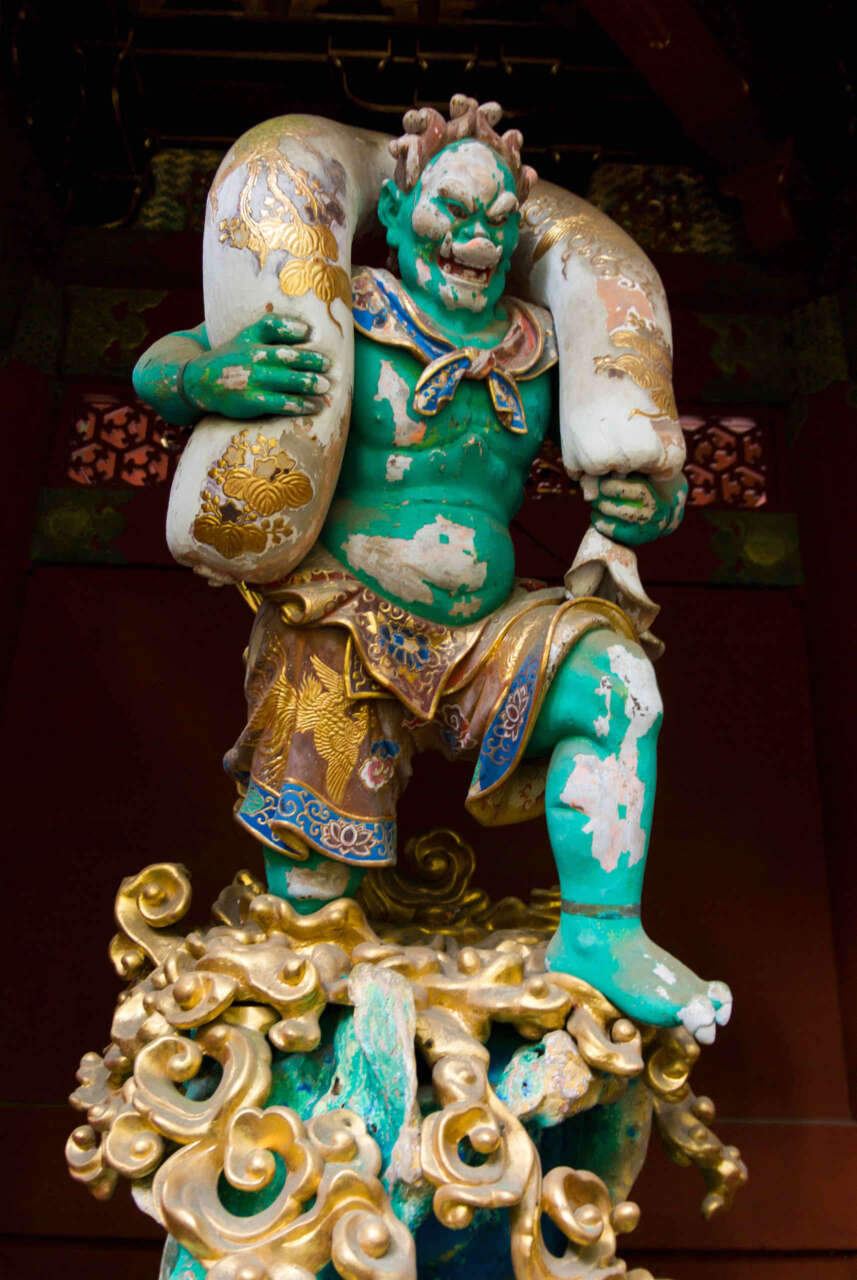
And this one is Fujin – the God of Wind (風神像).
The Taiyuin also have Shourou bell tower and Korou drum tower:
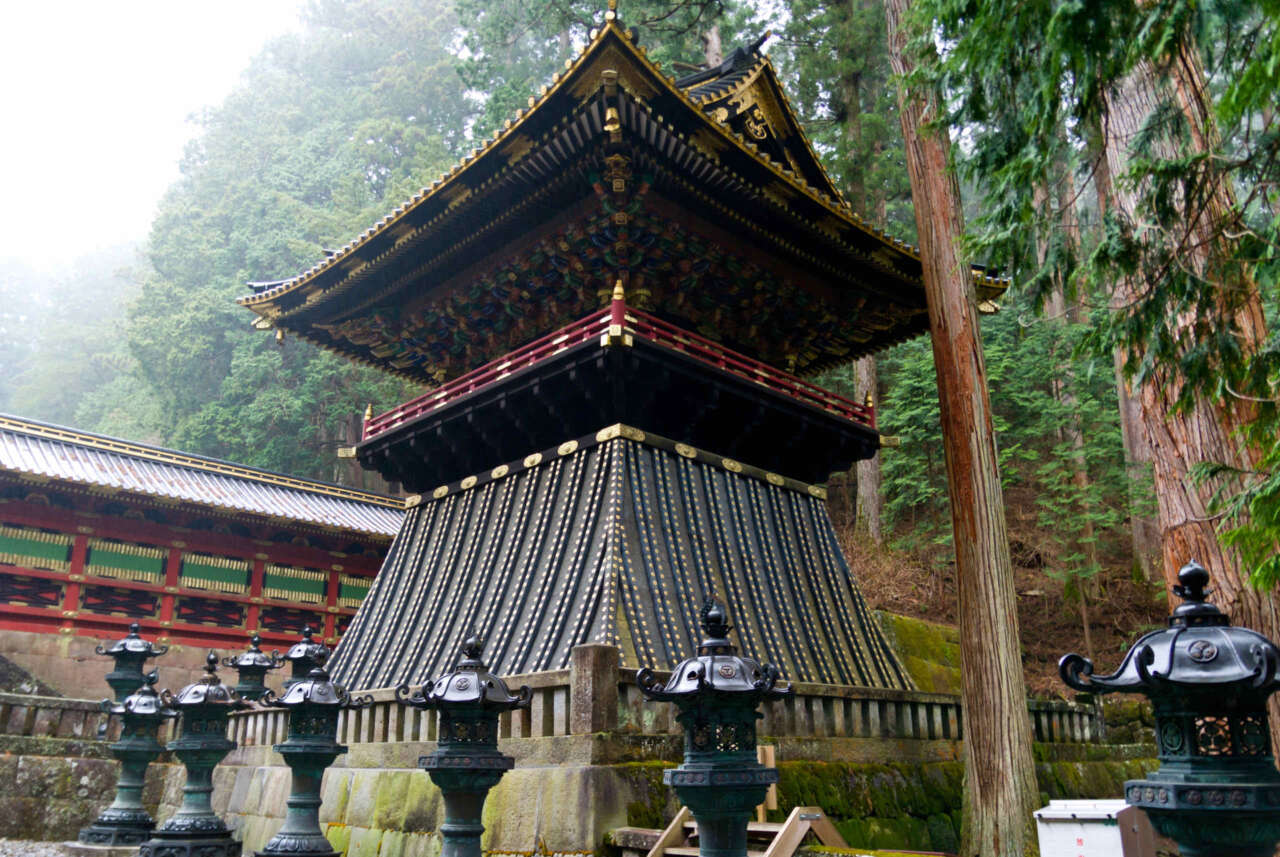
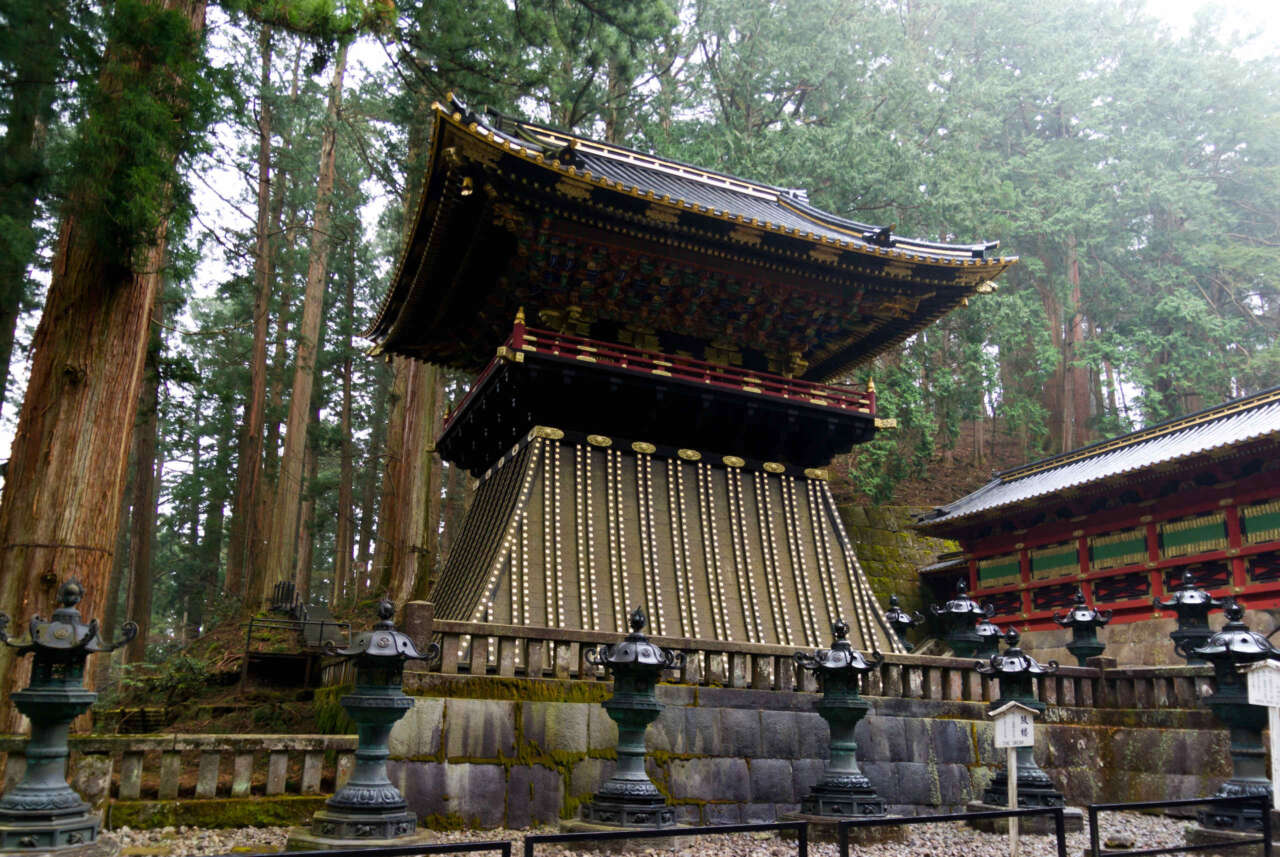
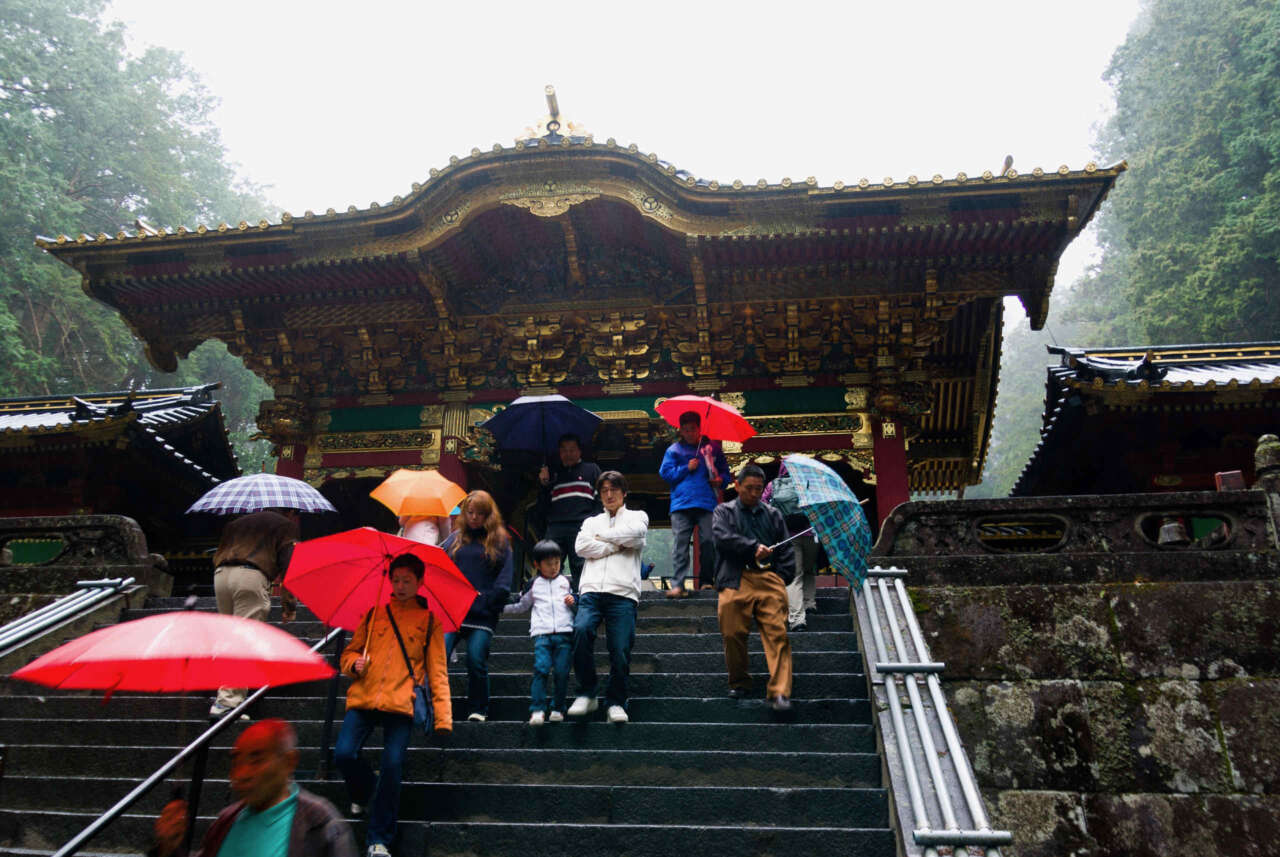
And now onto the third gate – Yashamon (夜叉門) – which has four female devils in it – representing the four directions of East, West, South and North:
Here are some of them (they don’t look very female to me – but then I don’t know how female devils are supposed to look like).
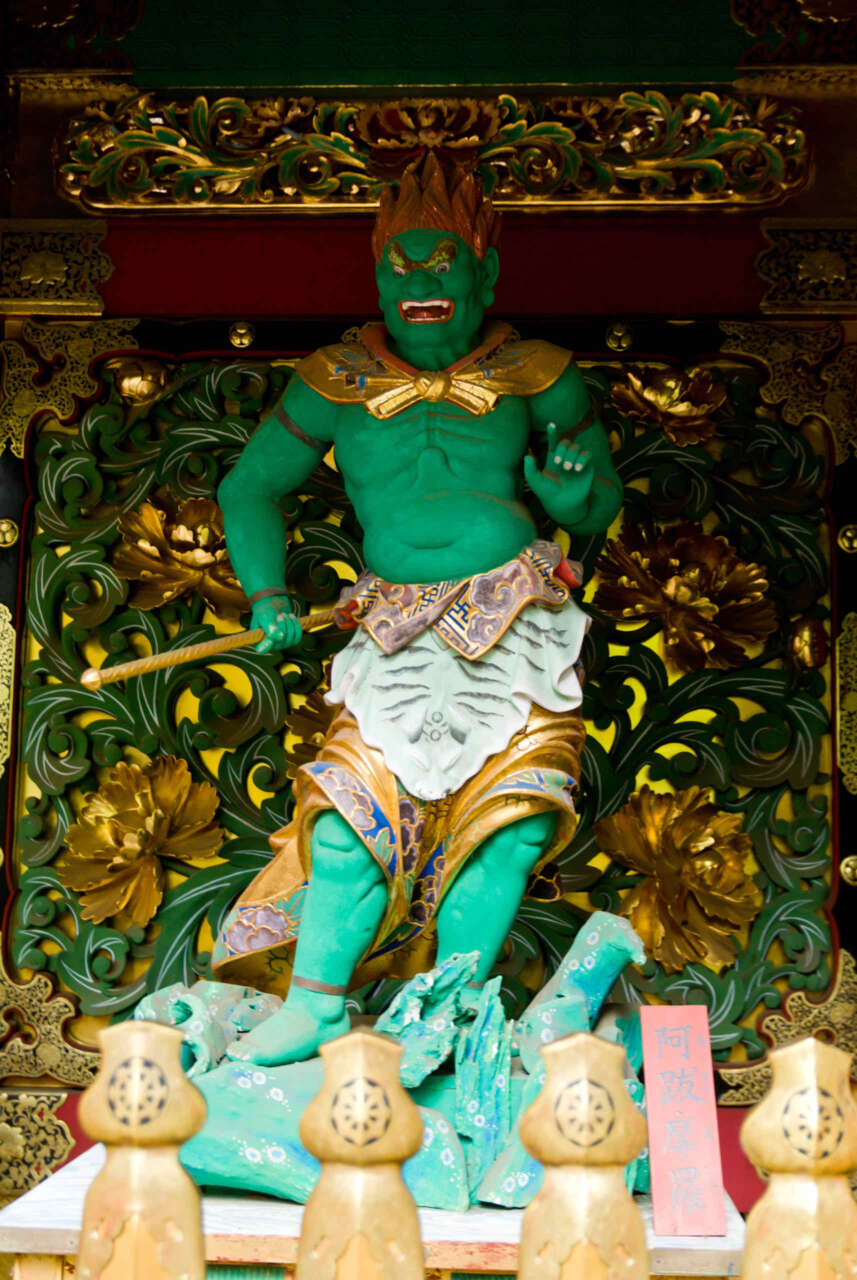
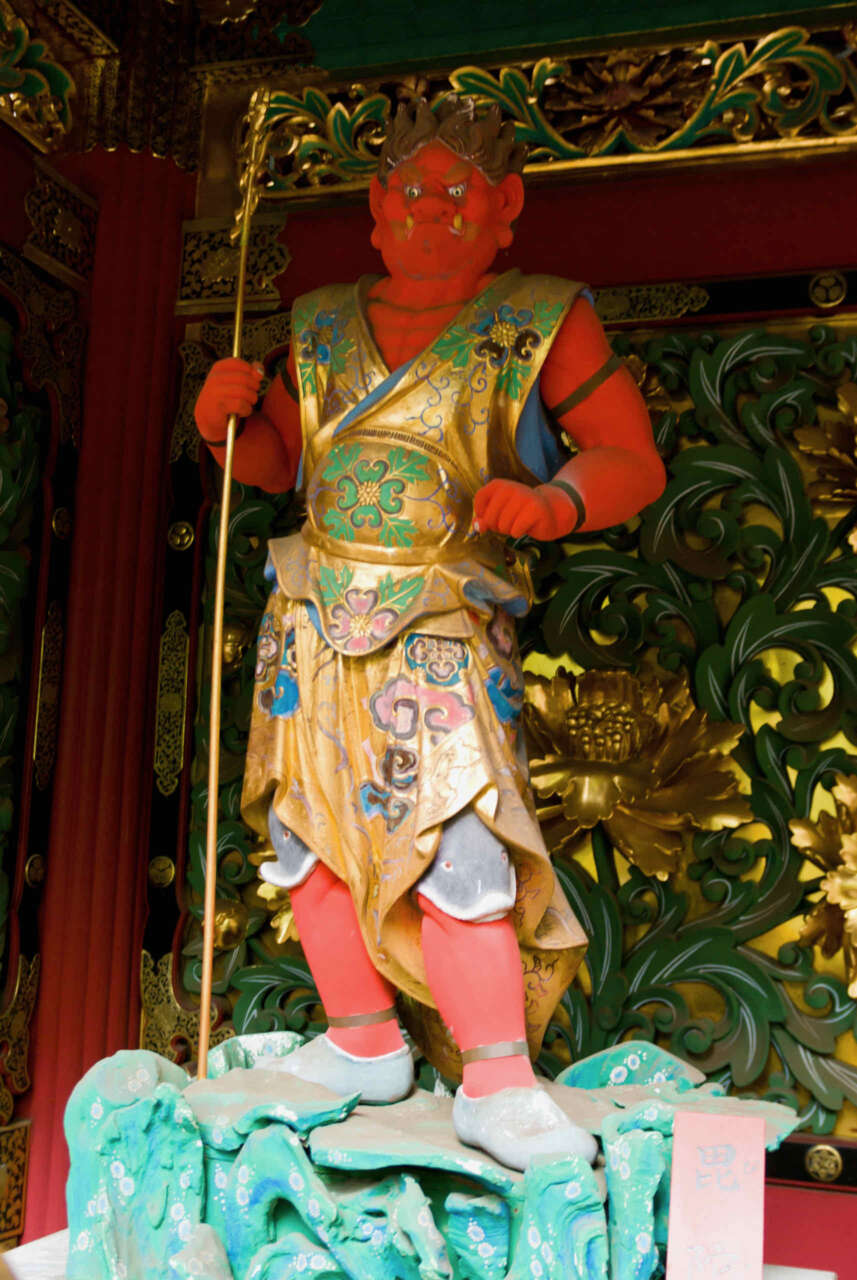
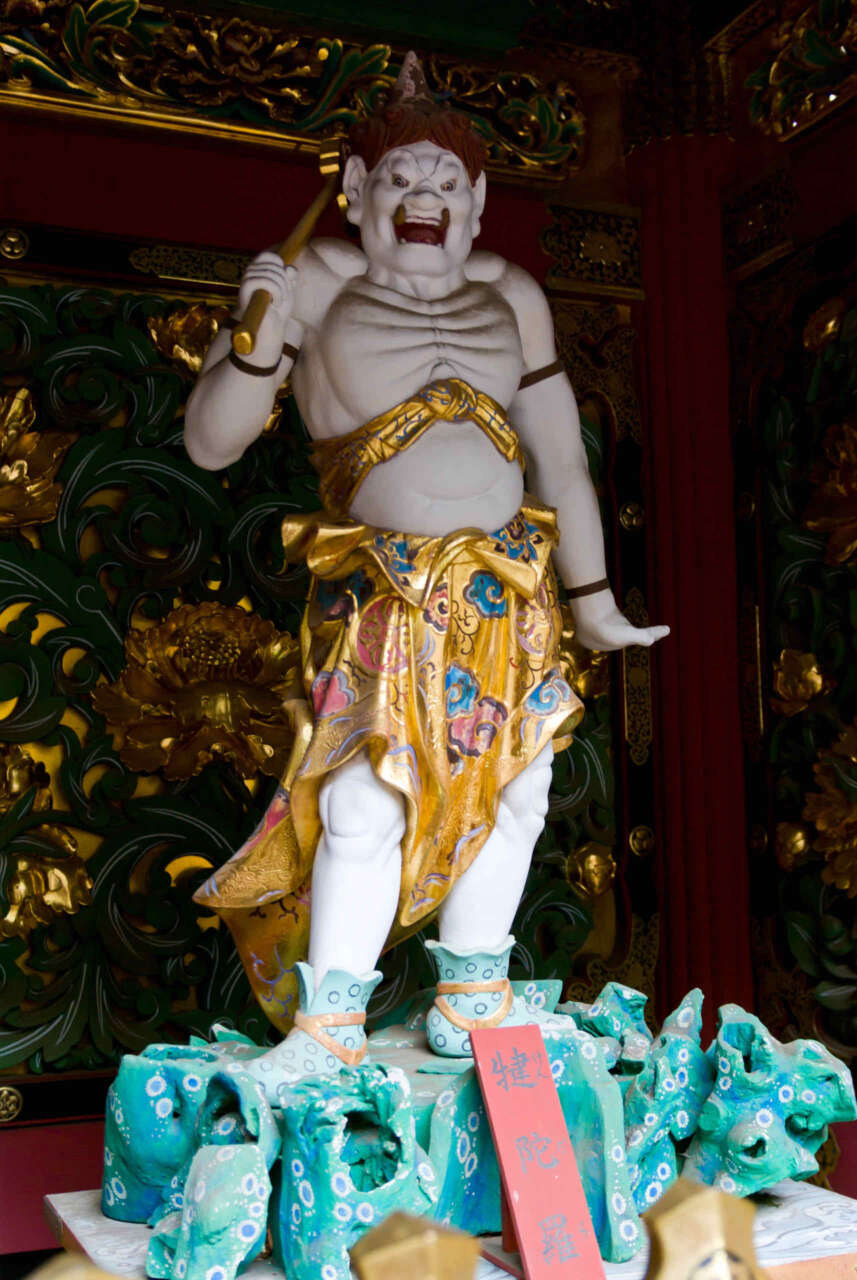
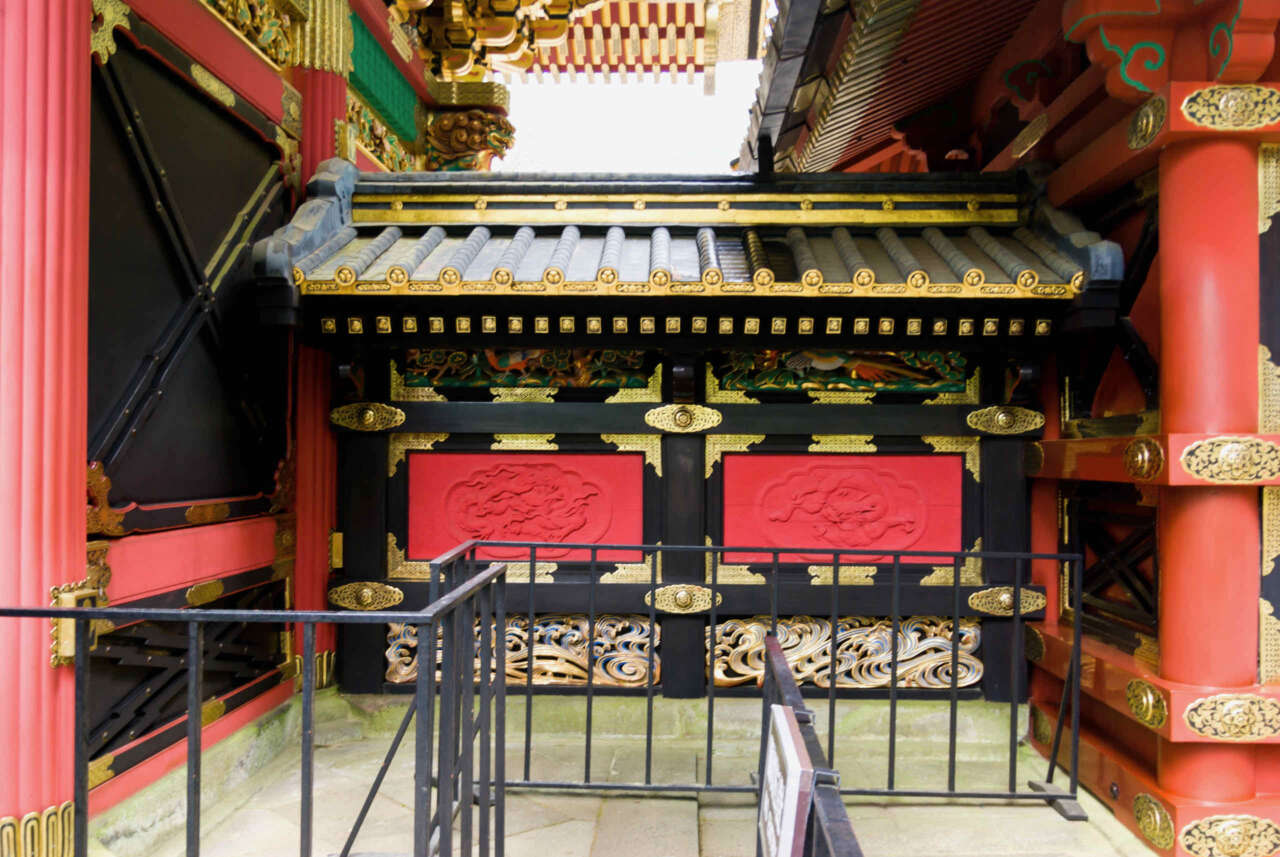
The Yashamon is also called Botanmon (牡丹門) – Peony Gate – because of the peony arabesque design featured on it, which carries through into the surrounding enclosure.
The fourth gate, Chinese in style, called the Karamon (唐門).
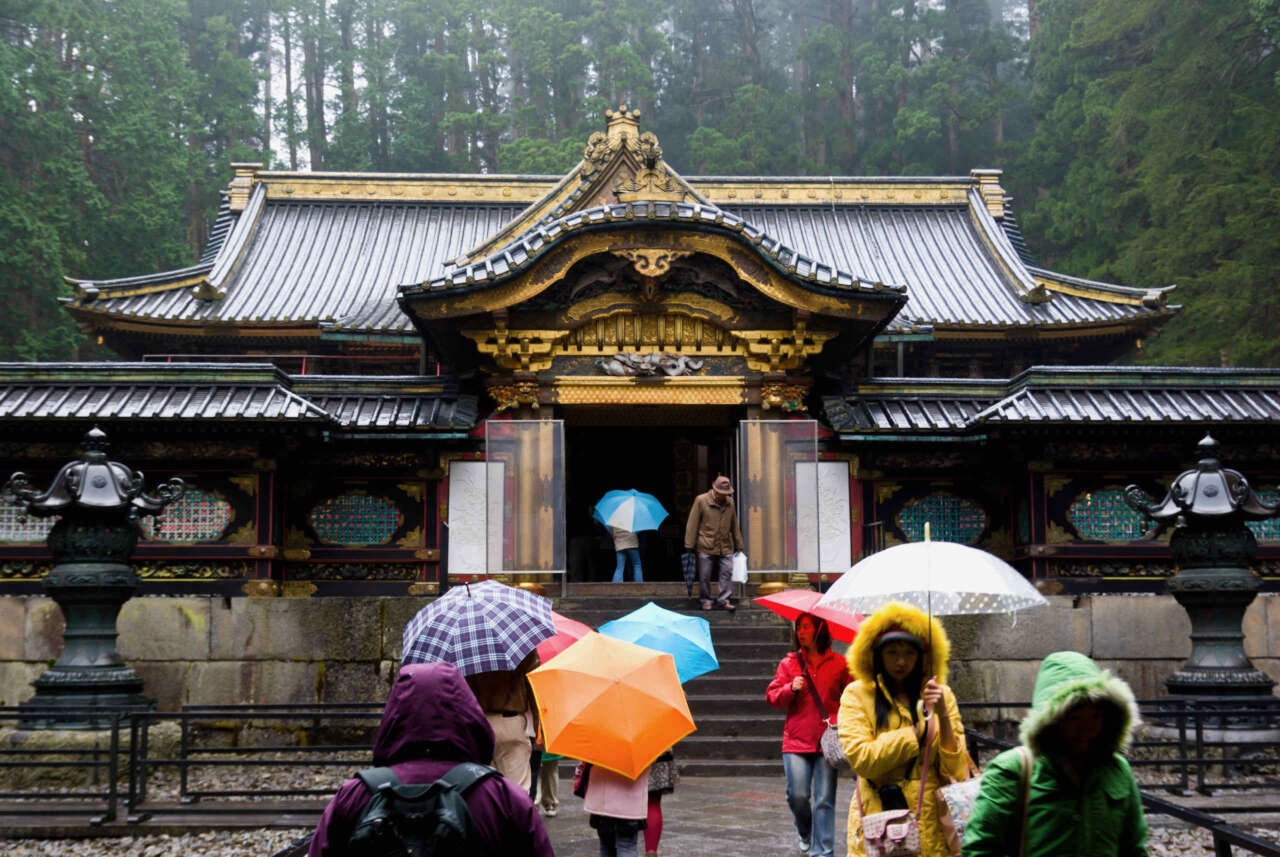
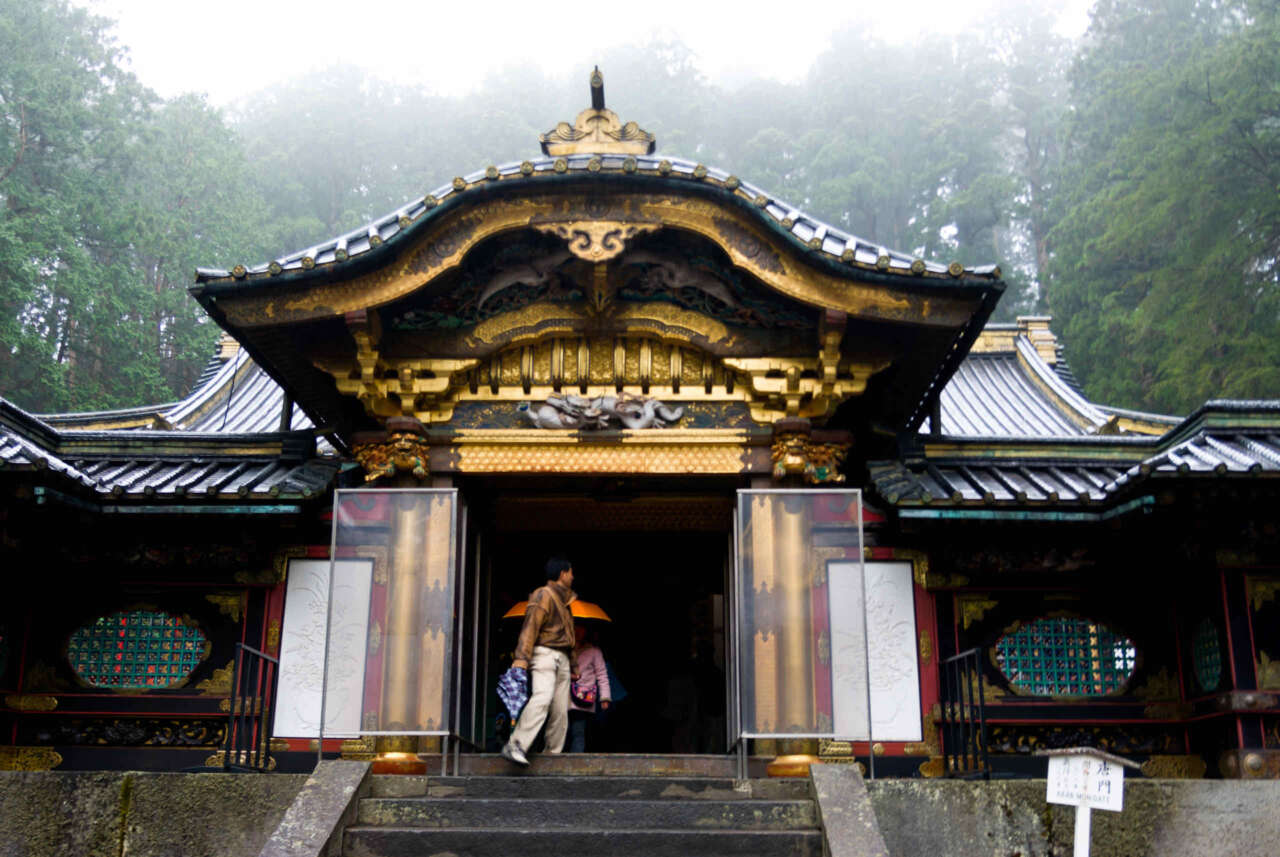
The main shrine – Honden (本殿) – by now it’s started raining very heavily so I couldn’t take too many photos, and even the few I took did not come out well (luckily though my camera is weather sealed so I had no issues with using the camera in the rain).
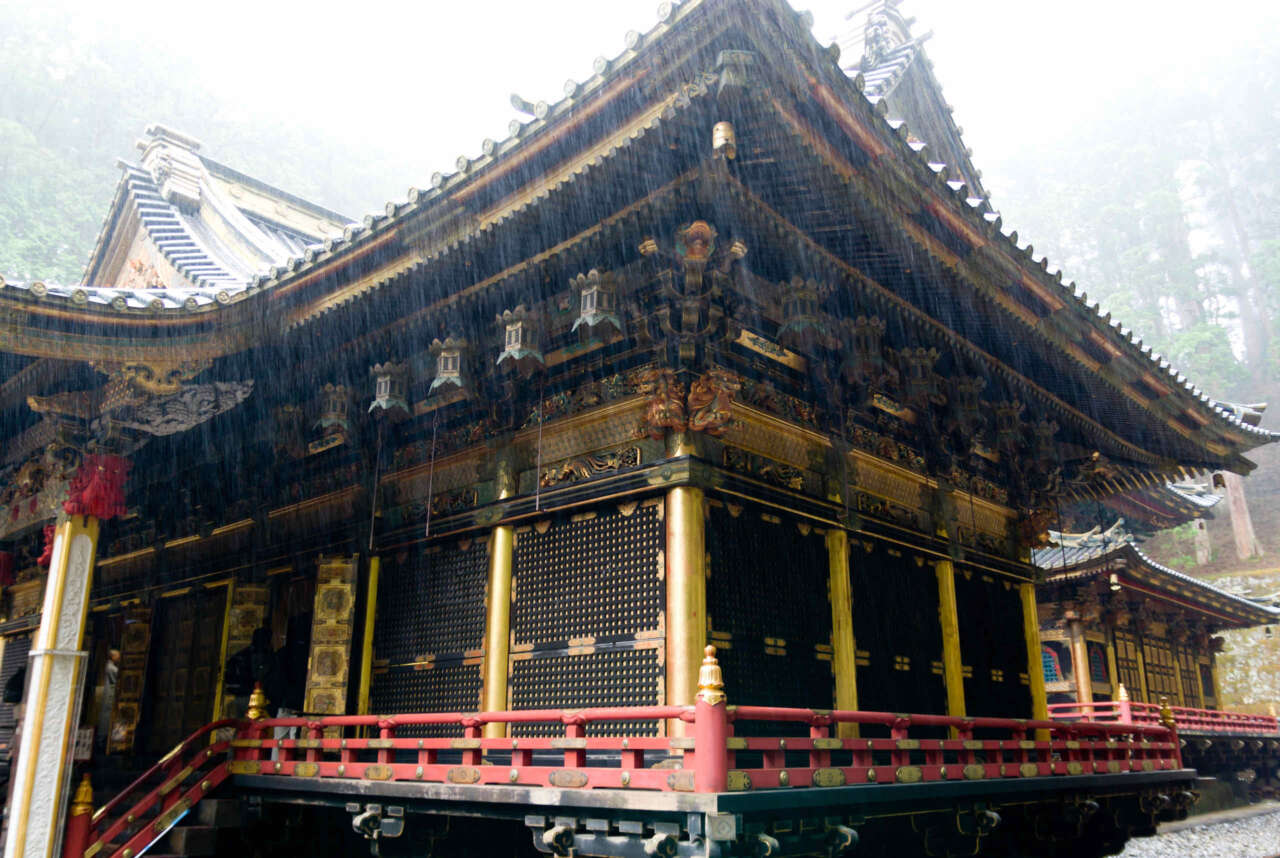
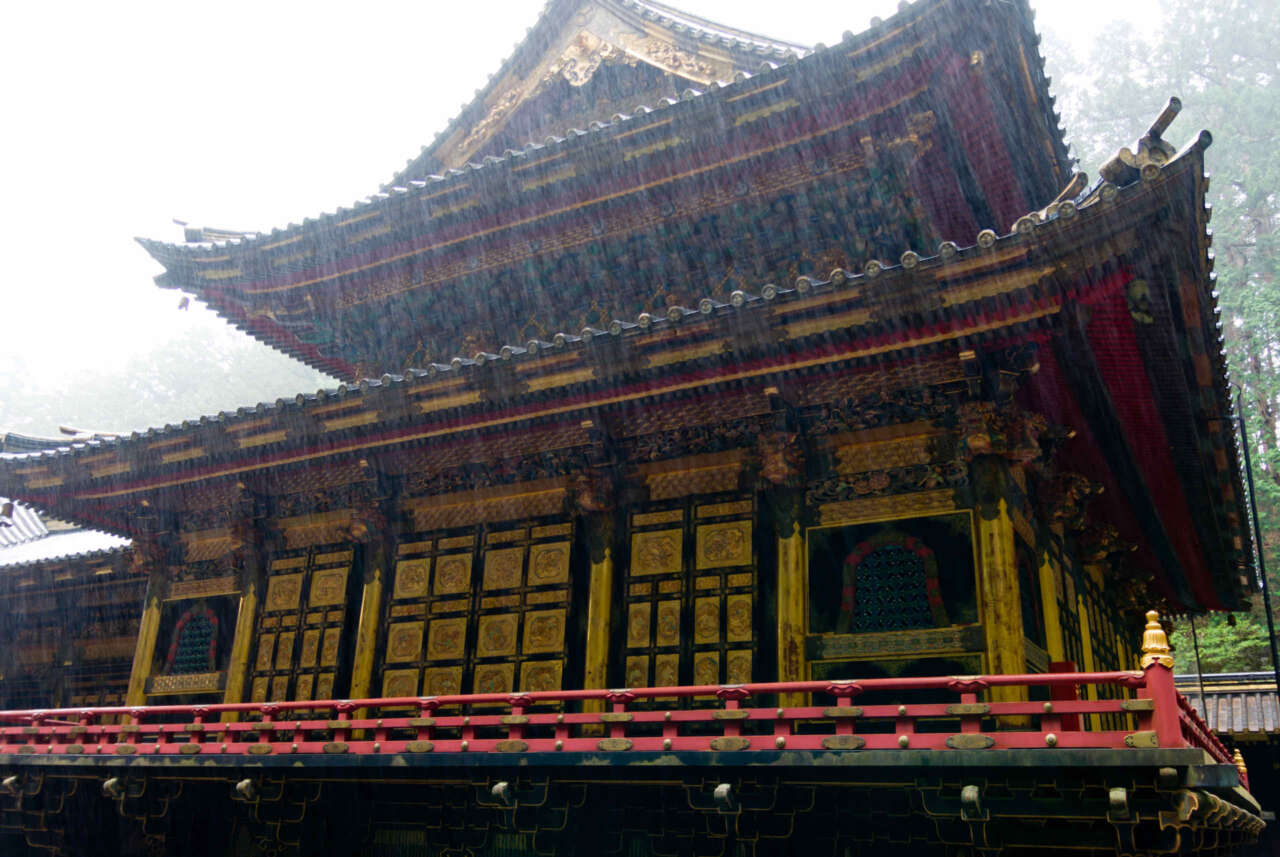
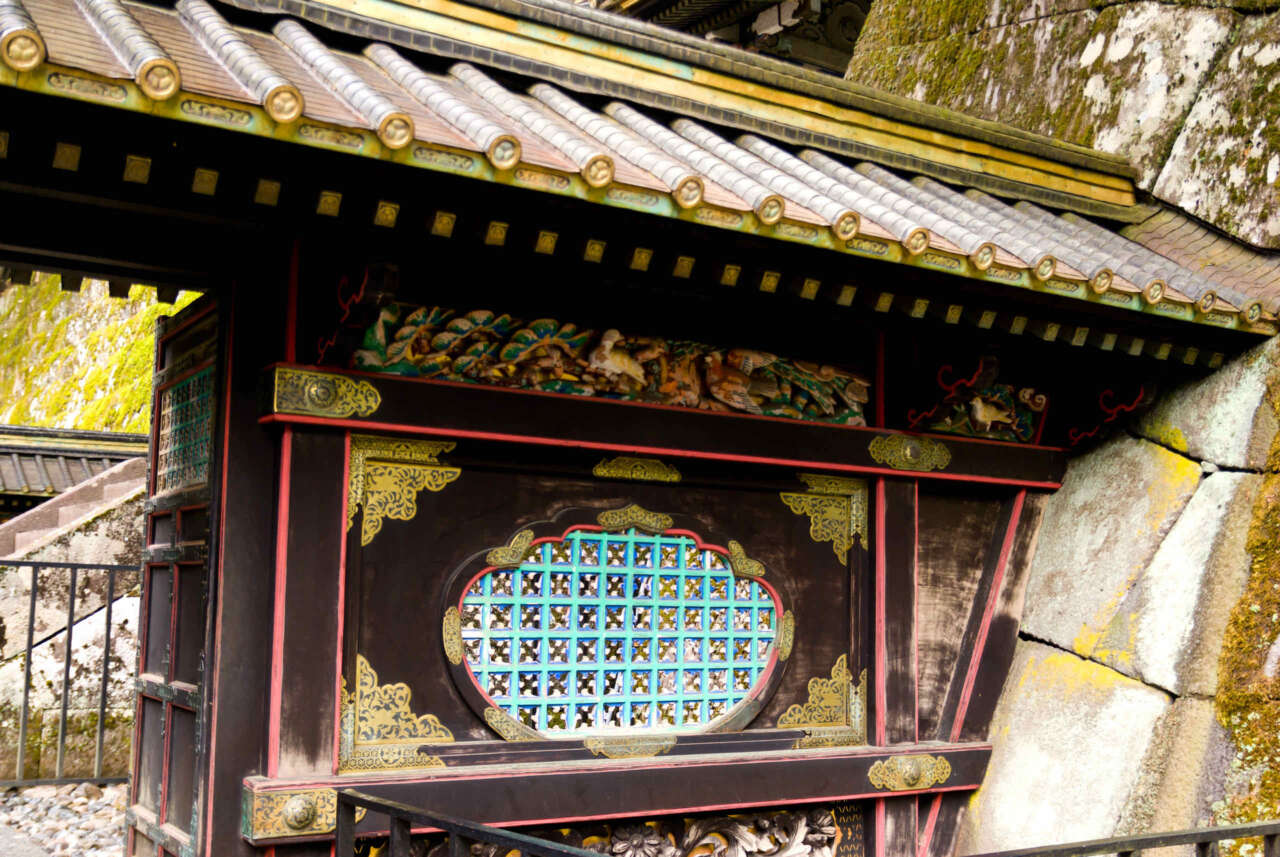
The enclosure feature pigeon carvings:
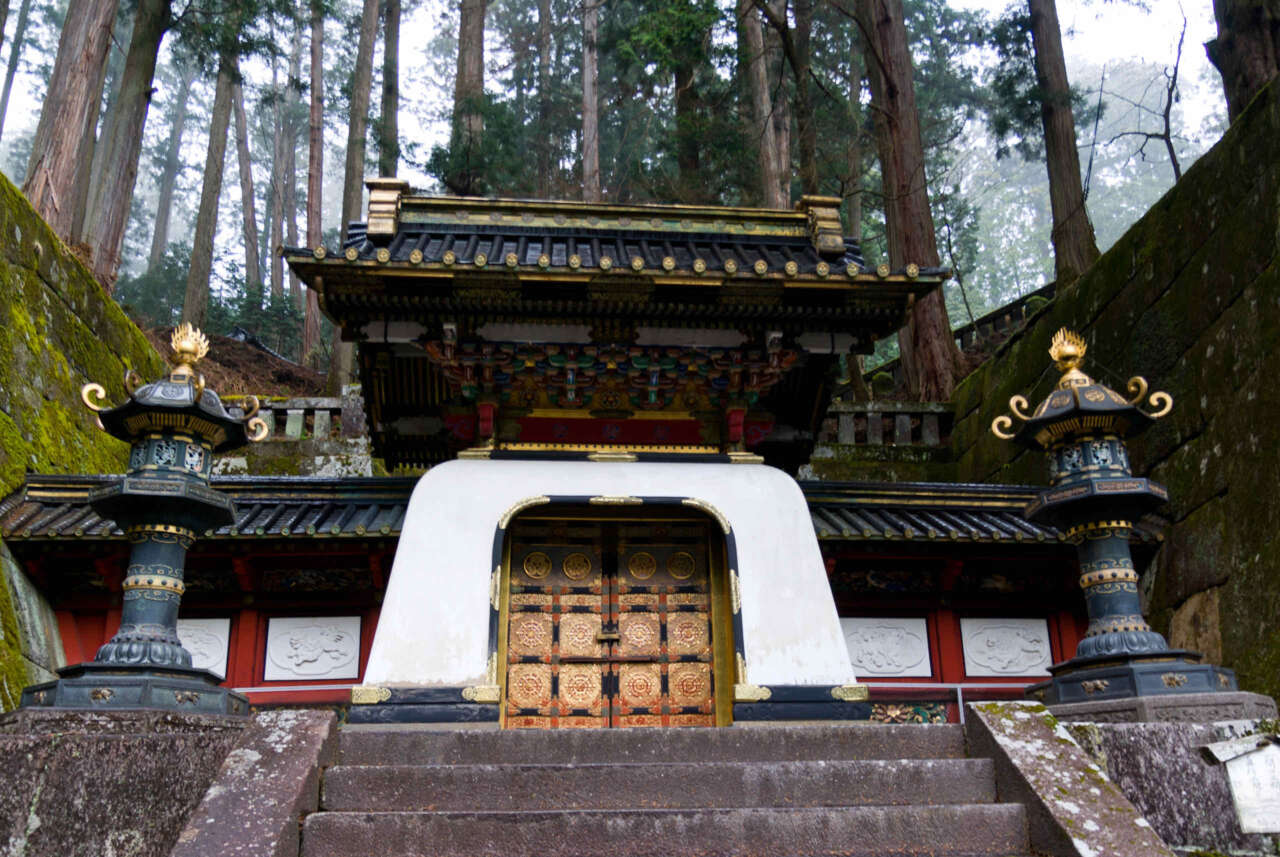
The final gate – Koukamon (皇嘉門) which leads into the inner shrine containing the tomb of Shogun Iemitsu – unfortunately this is not open to the public.
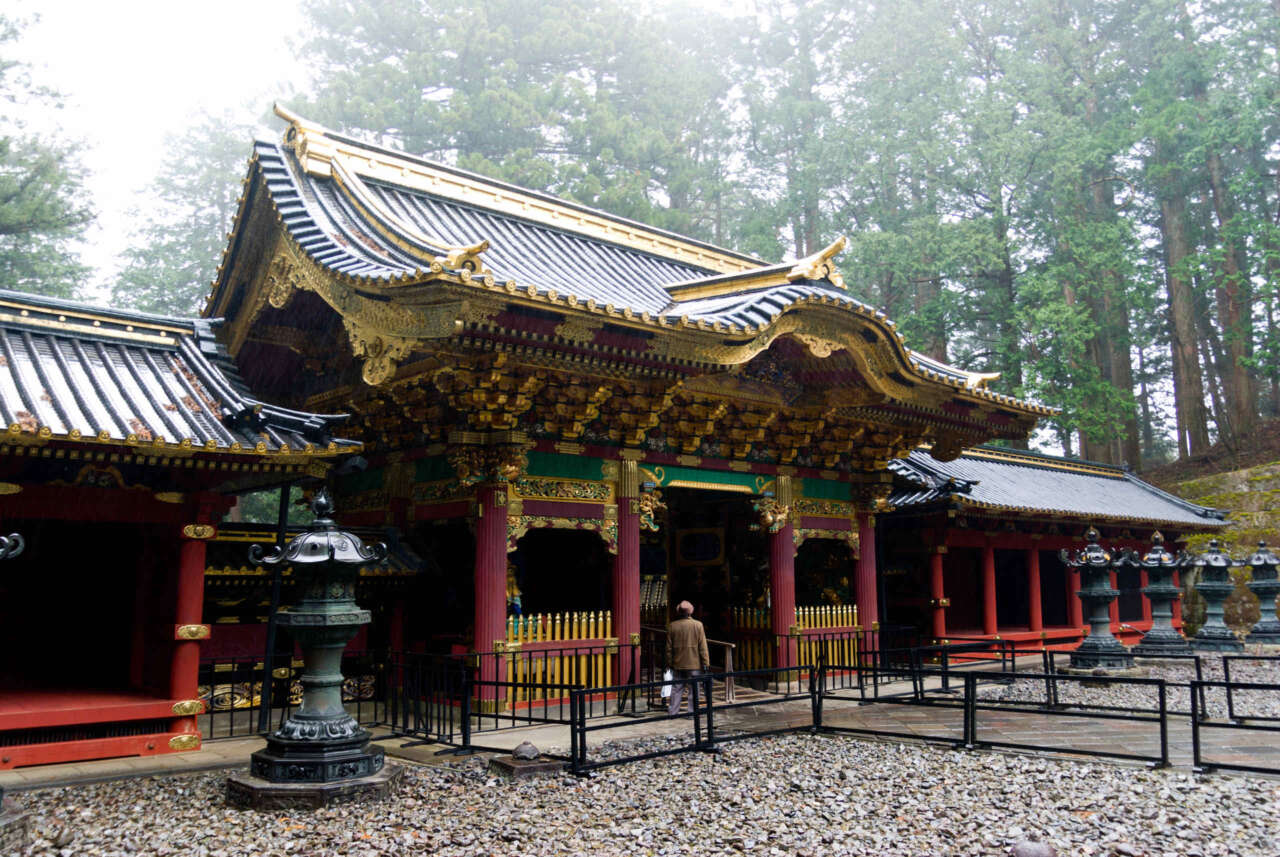
On the way back, Yashamon from the back.
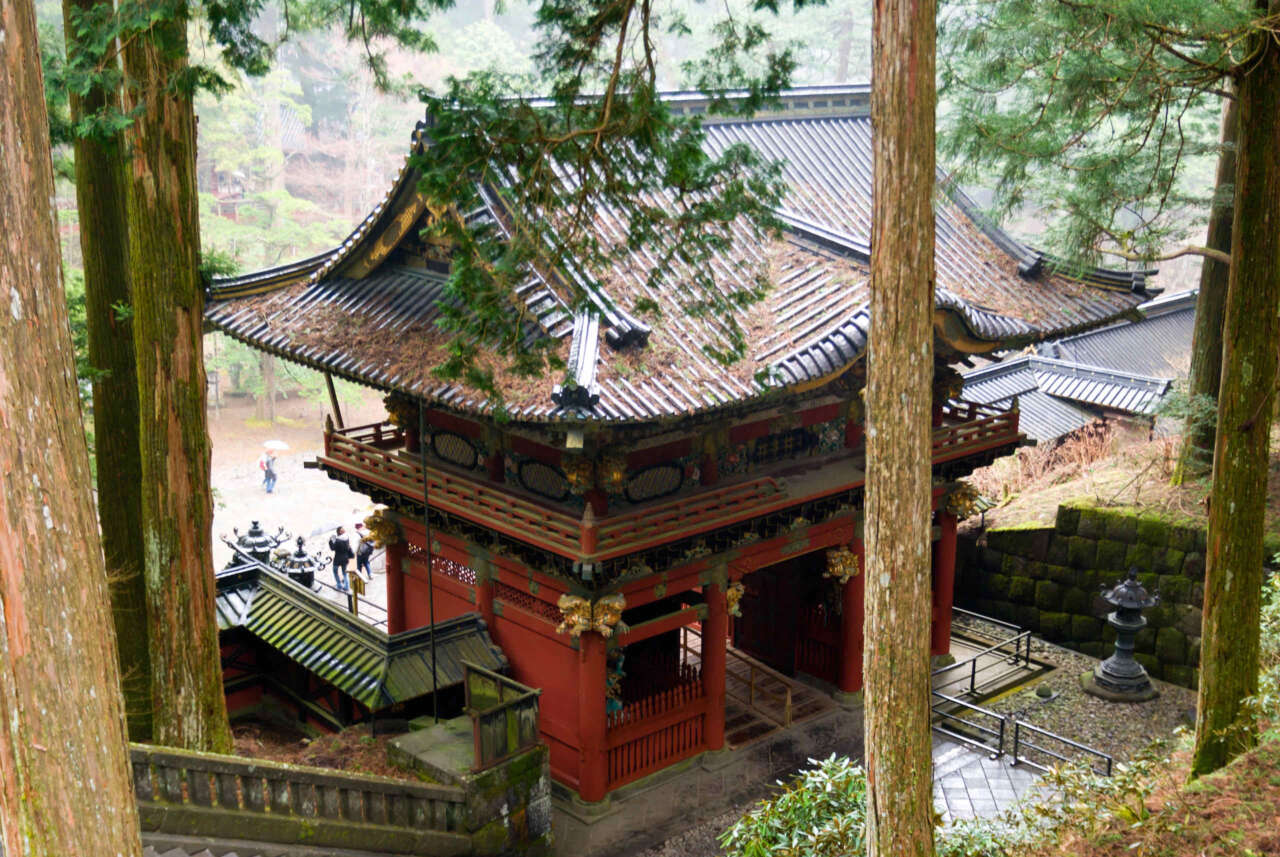
And Nitenmon nestled in the woods.
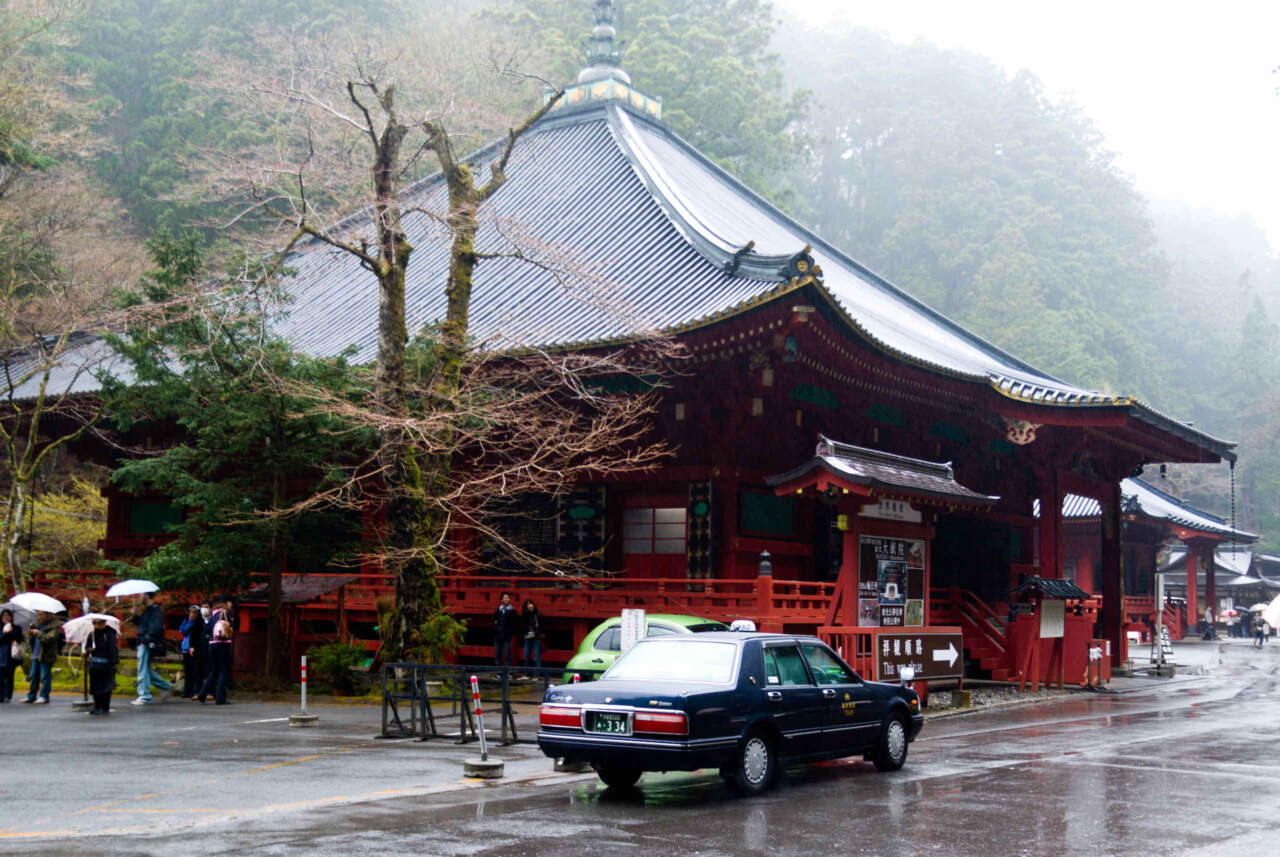
On the way back to the Rinnouji, we saw the Twin halls – Jougyoudou (常行堂) and Hokkedou (法華堂).
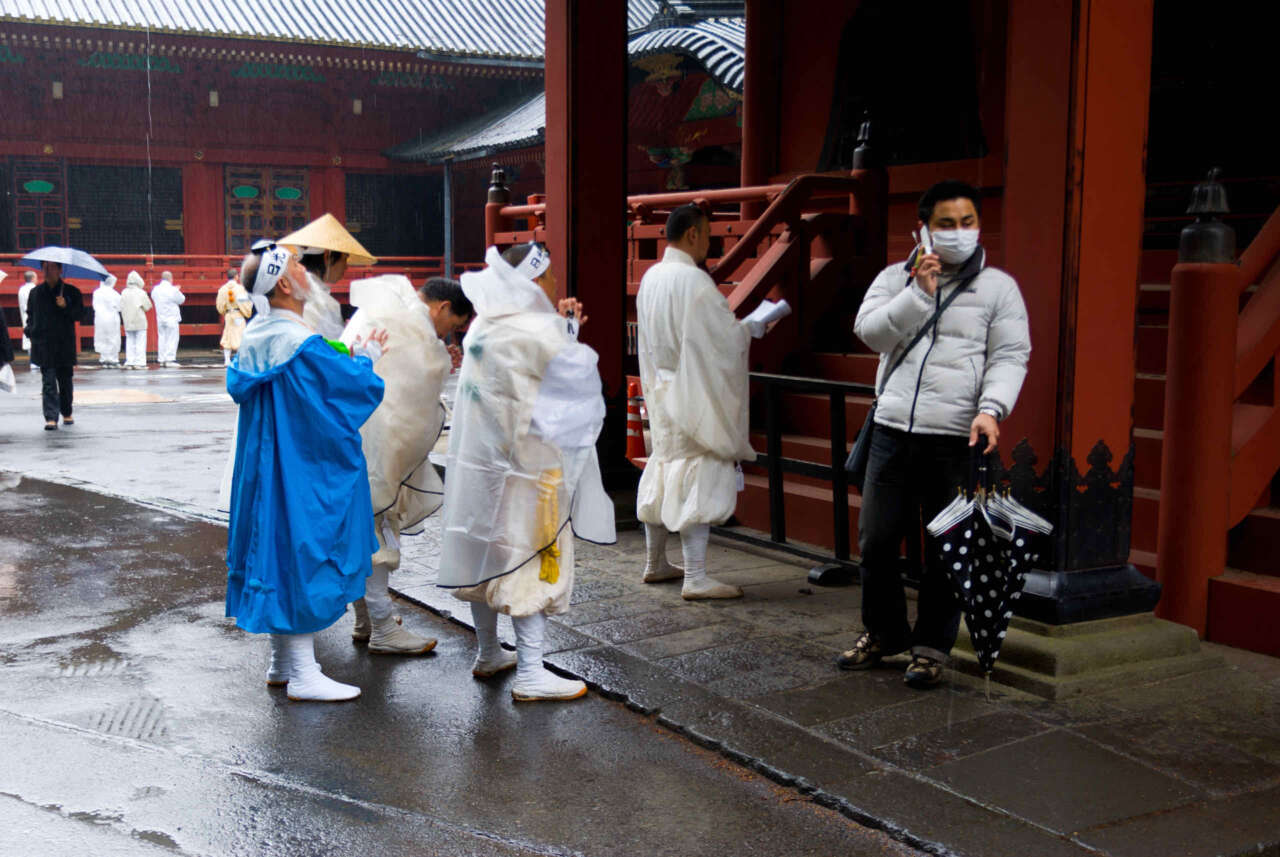
And some worshippers willing to brave the rain.
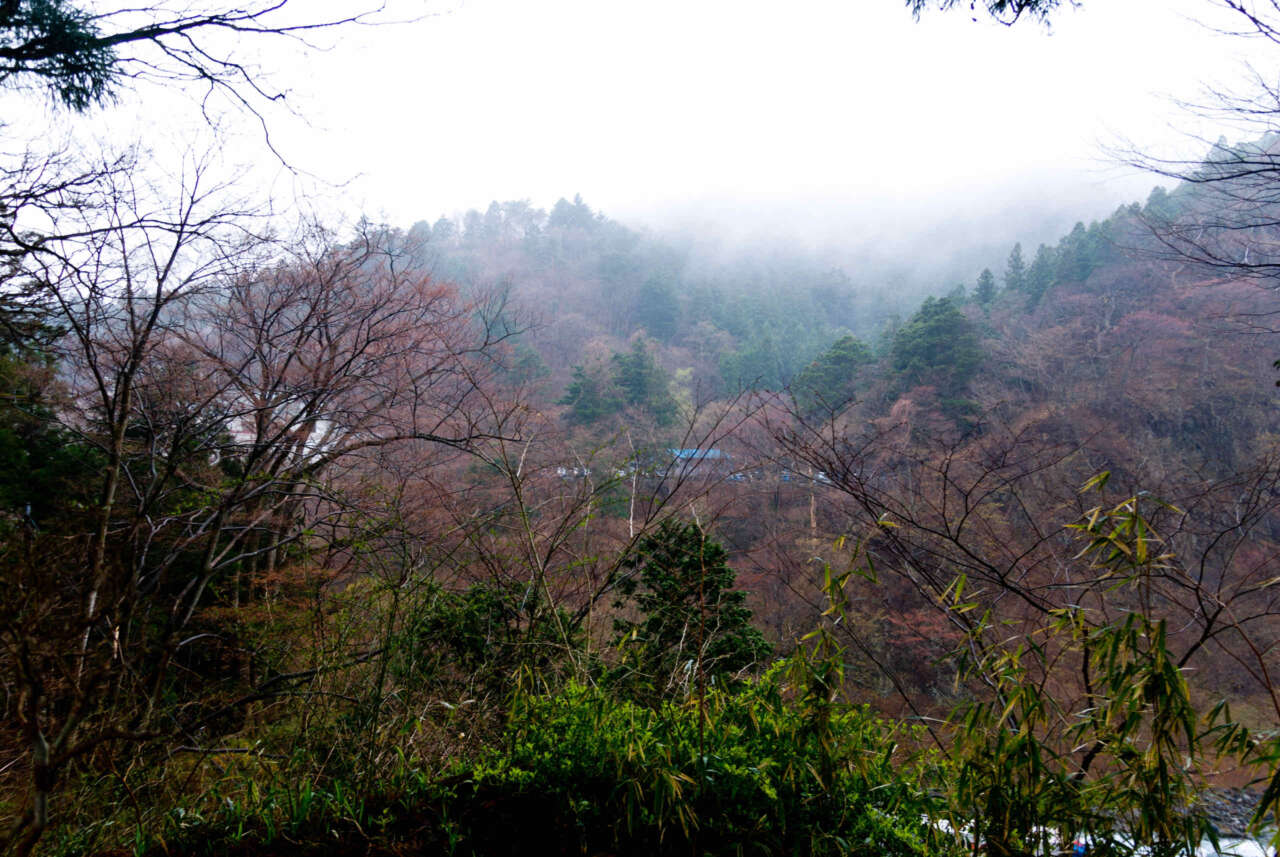
While waiting at the bus stop, I captured some Nikko mountainside scenery in the rain.
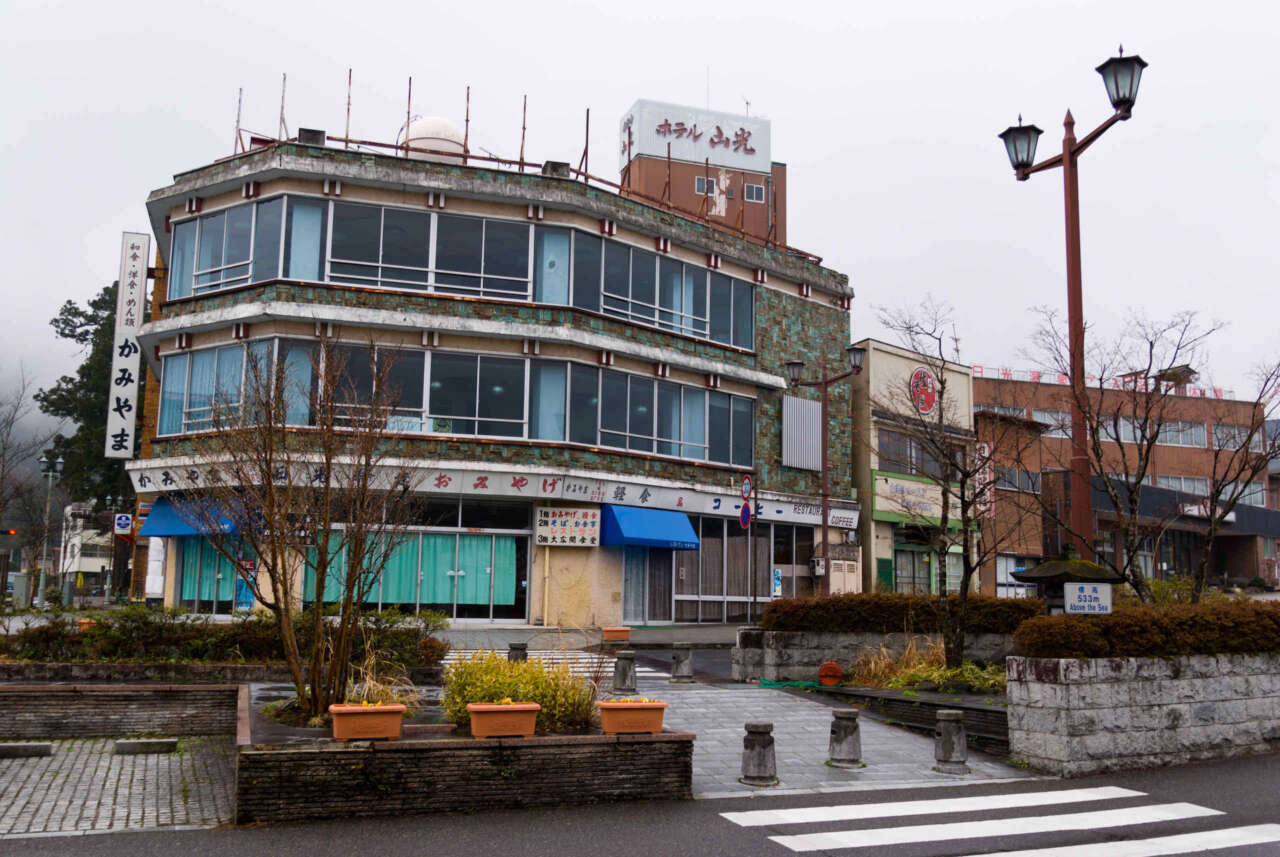
The bus took us back to Nikko town, which is very very small and quaint.
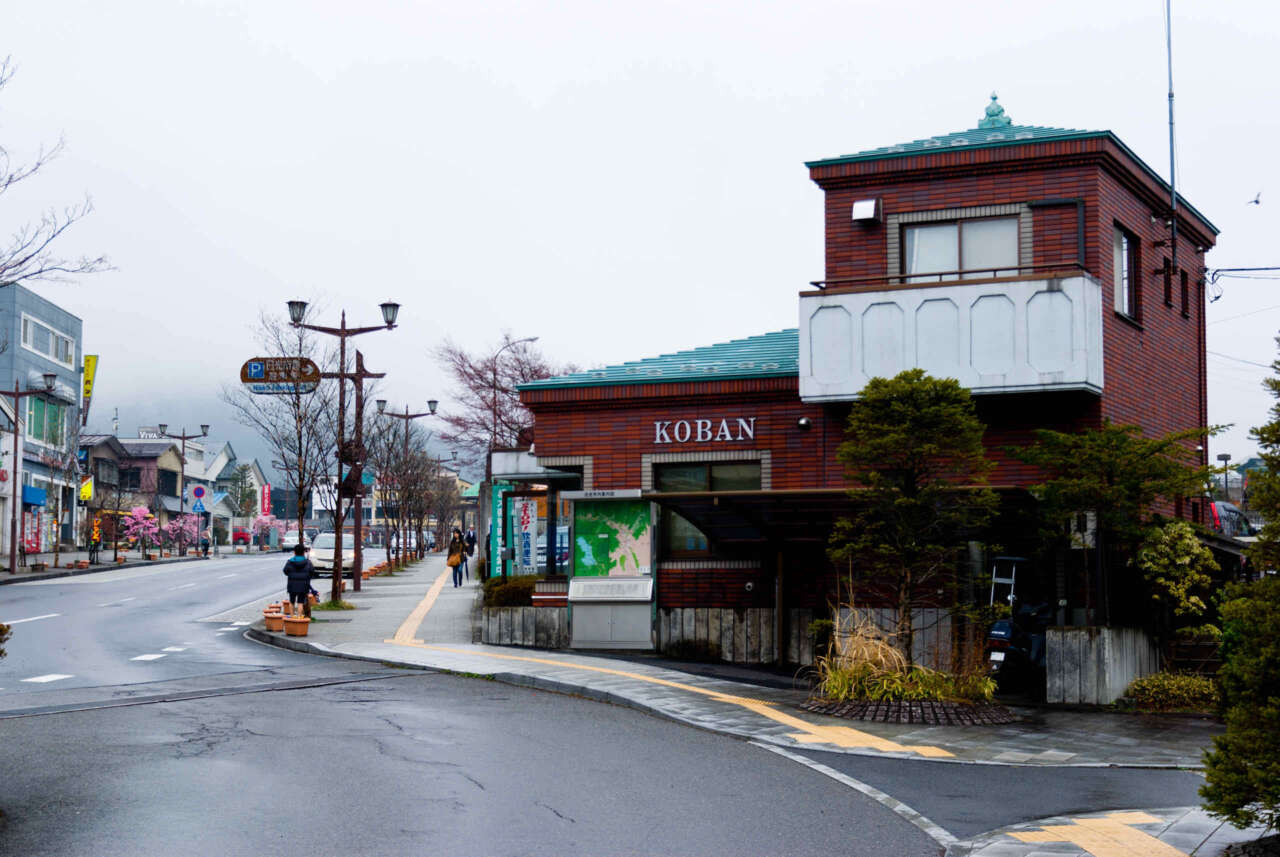
The police box almost looks inviting in the cold and the rain.
At the train station, waiting for the train. We were so tired by the time we came home it was in the evening and we collapsed in our hotel beds after dinner (I can’t even remember what we had for dinner – I suspect we bought some takeaway bento boxes from a convenience store next to the hotel).
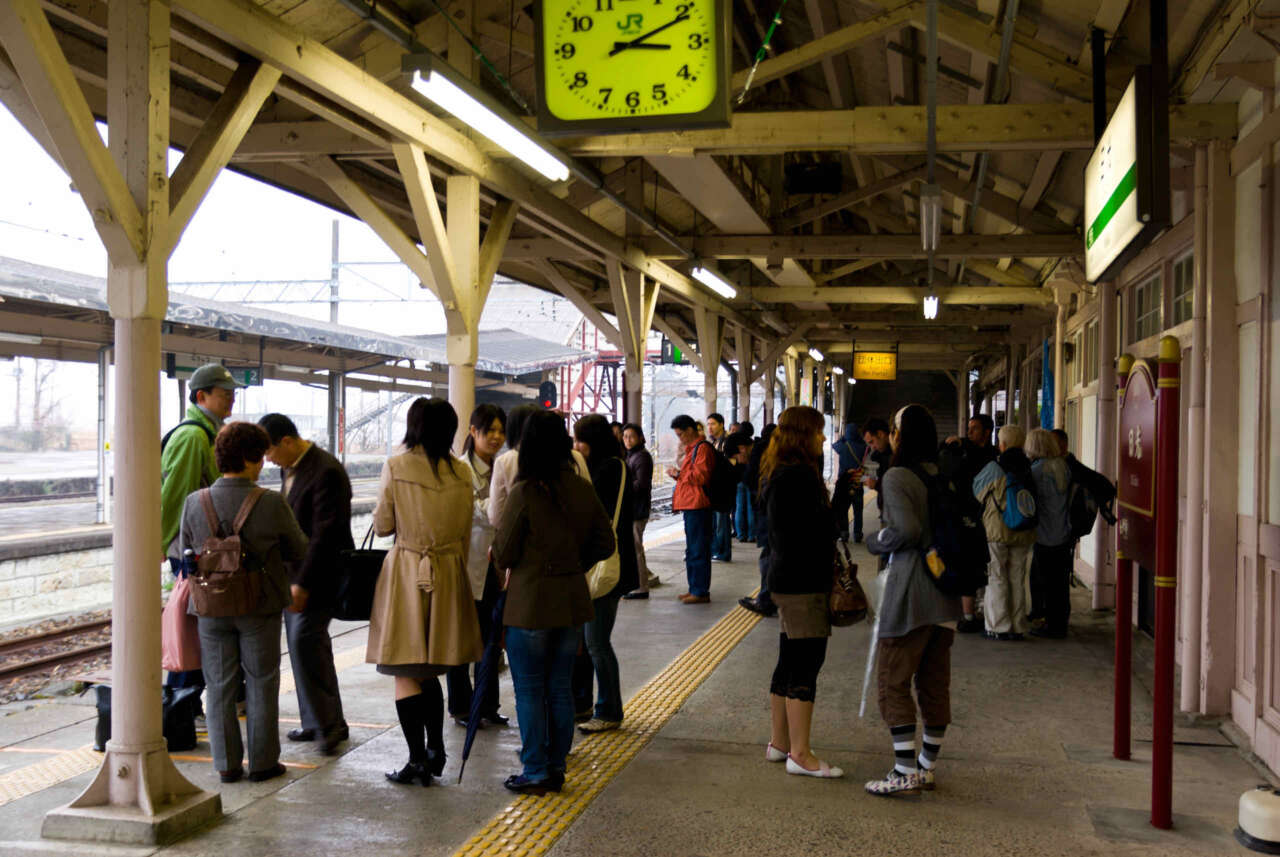
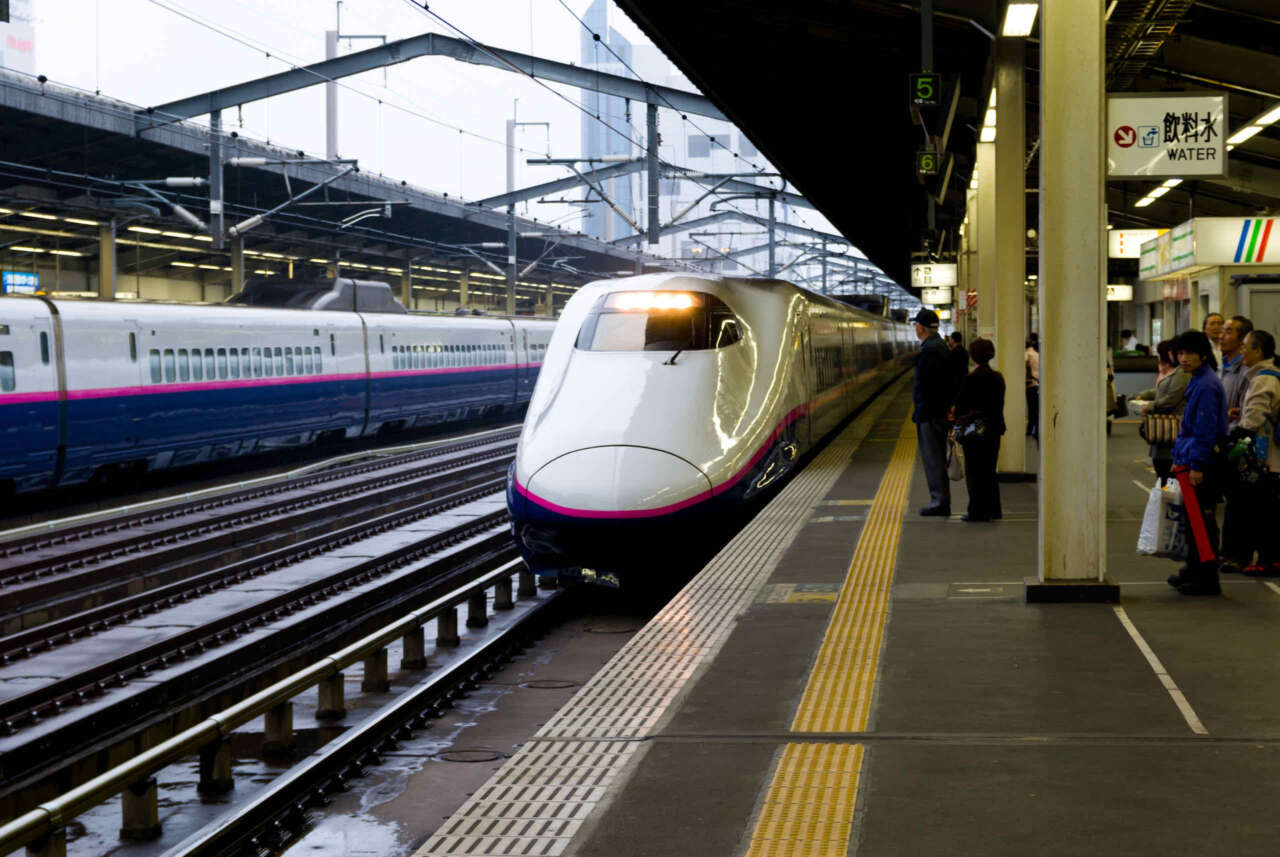
Full set of photos:
